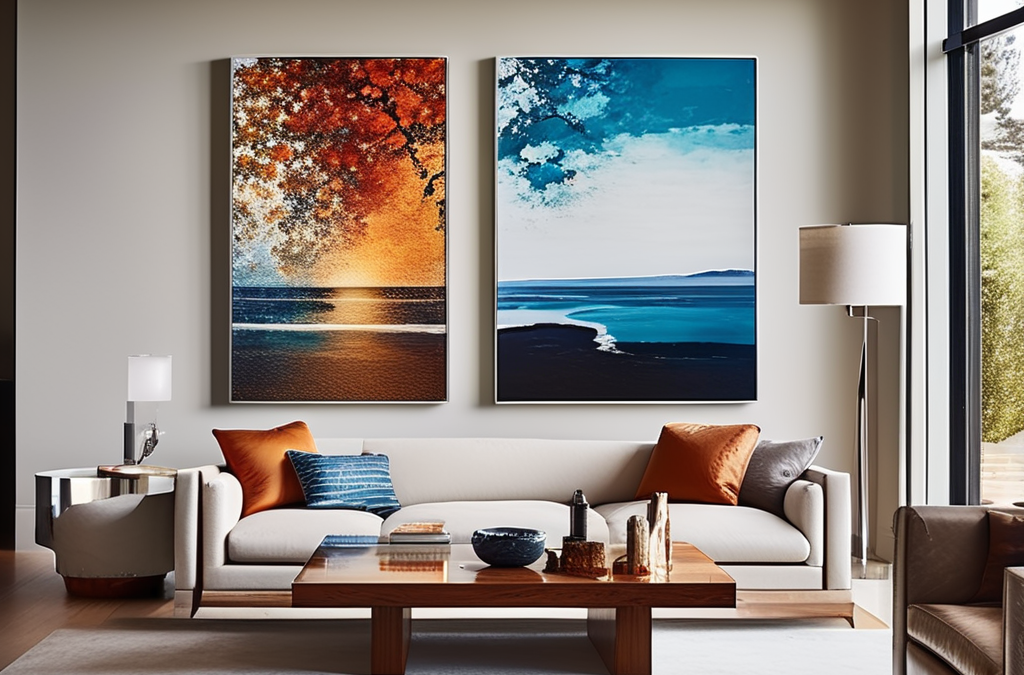Welcome to Exploring Interior Designing Elements for captivating the world of interior design, where every space is a blank canvas waiting to be transformed into a masterpiece! Whether you’re moving into a new home or simply looking to revamp your living quarters, understanding the essential elements of interior design is vital. These elements enhance the aesthetic appeal of your spaces and create harmonious and functional environments that reflect your unique style and personality.
In this blog post, we will embark on an exciting journey through various aspects of interior design, from color palettes and furniture selection to flooring choices and innovative decor ideas. So buckle up as we dive deep into the realm of design possibilities, revealing how each element plays a vital role in creating stunning interiors that are both visually striking and immensely comfortable.
Are you ready to unlock the secrets behind crafting truly remarkable spaces? Let’s get started on our exploration of essential interior design elements.
Harnessing Hues for Interior Harmony
Step into a world of vibrant colors and endless possibilities as we harness hues for interior harmony. Colors can evoke emotions, set moods, and create a sense of cohesiveness within a space. When choosing the right color palette for your interiors, consider natural light, room size, and desired ambiance.
Start by understanding the psychology behind different colors. Cool tones like blues and greens are calming and perfect for bedrooms or relaxation areas. Warm tones like yellows and oranges add energy and warmth to social spaces like living rooms or dining areas.
Feel free to experiment with bold accents that inject character into your design scheme. A vibrant red or an unexpected splash of turquoise can bring life to an otherwise neutral backdrop.
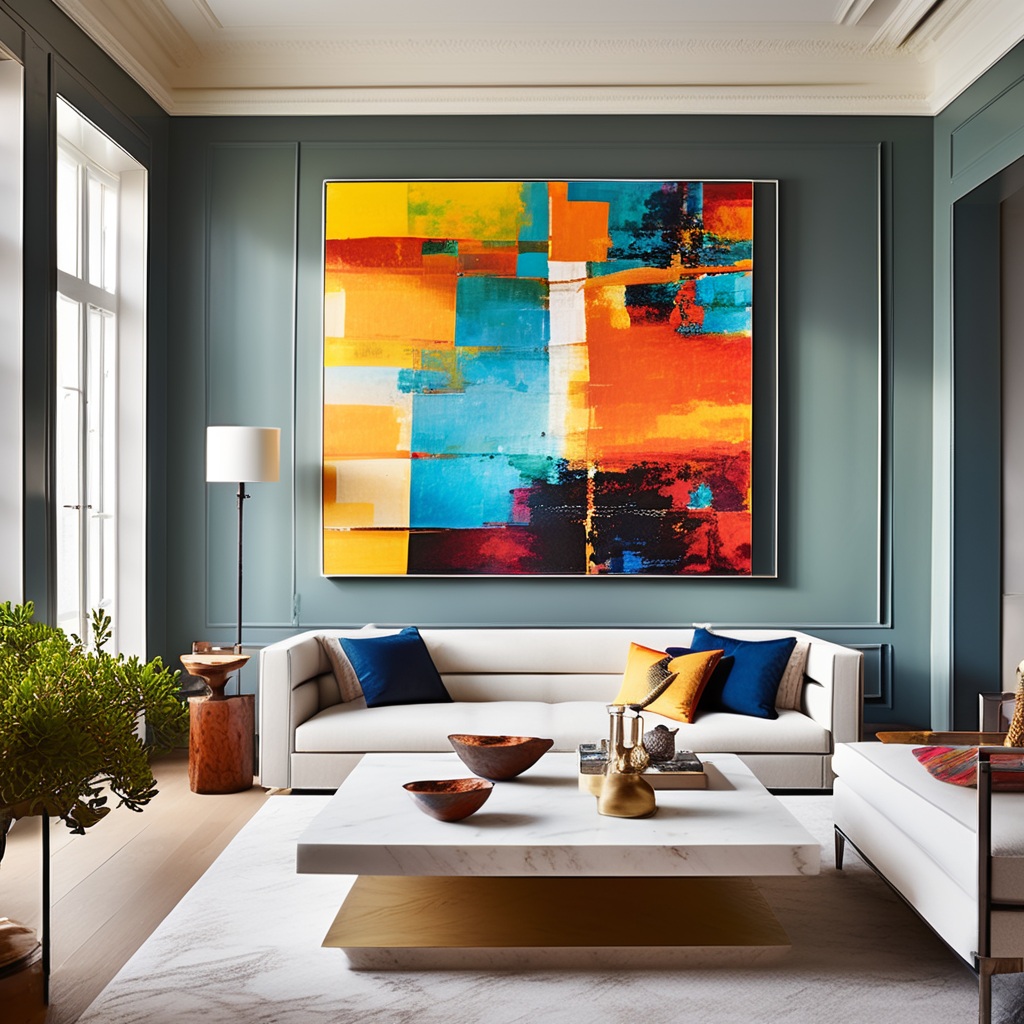

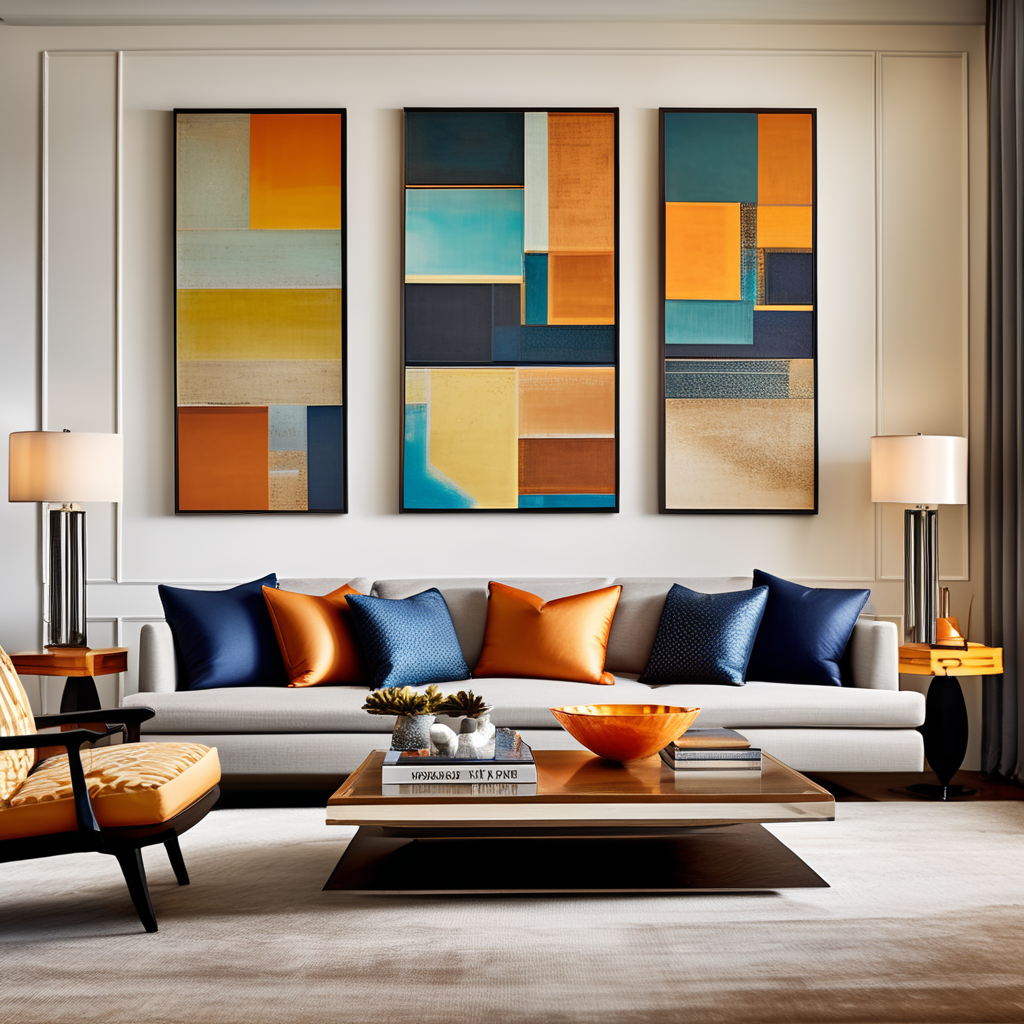
Remember that balance is vital when working with multiple colors in one space. Consider using complementary shades on opposite ends of the color wheel or opt for analogous hues adjacent to each other for a harmonious look.
Pay attention to the impact of neutrals in creating balance and providing visual breathing room within your design. Whites, grays, taupes – these versatile shades allow other elements in your space to shine while maintaining an overall serene atmosphere.
By harnessing the power of color effectively, you can achieve interior harmony that not only pleases the eye but also sets the mood you desire throughout your home. So embrace hues with confidence as you embark on this colorful journey towards creating stunning interiors!
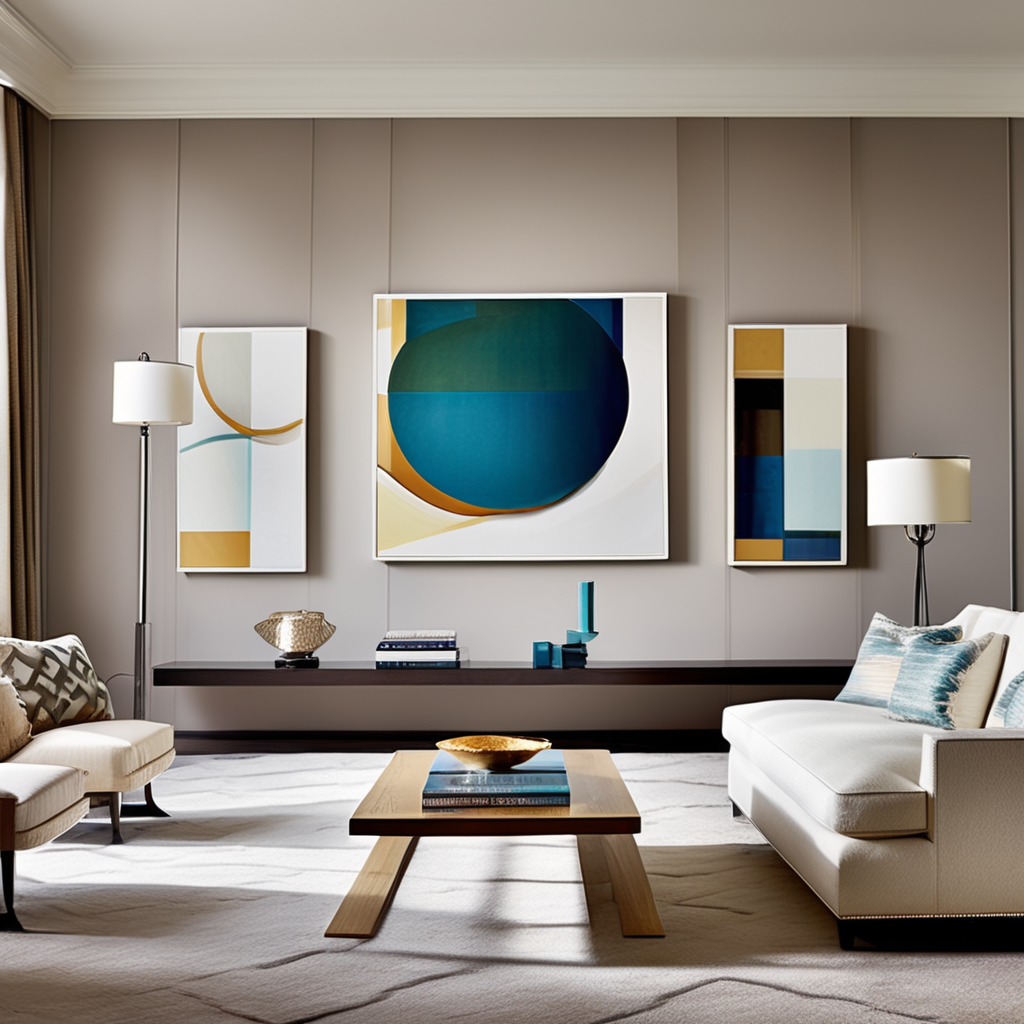

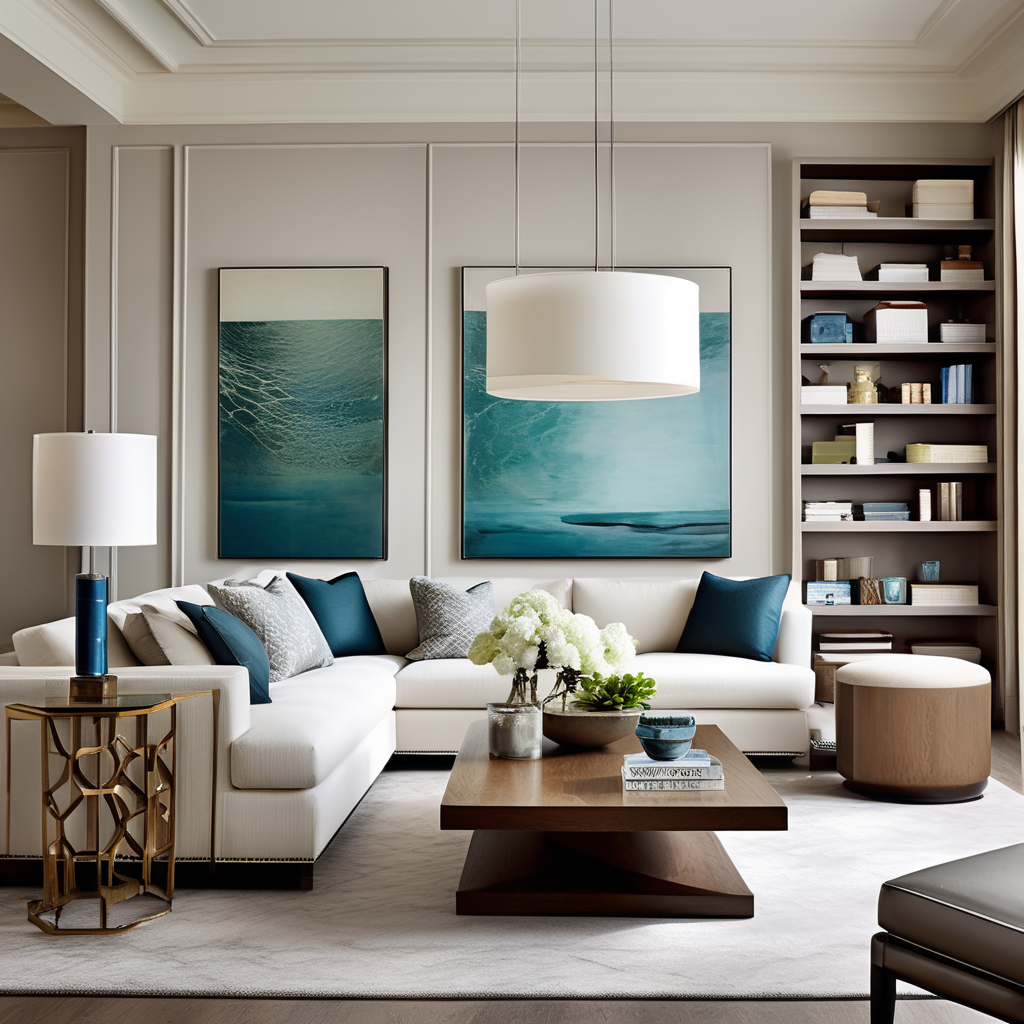
Elevating Comfort and Style
Regarding interior design, comfort, and style should always go hand in hand. After all, what good is a beautifully designed space if it doesn’t provide a sense of comfort and relaxation? To truly elevate your interior’s comfort level while maintaining its stylish appeal, several vital elements must be considered.
Choosing the right furniture is crucial. Opt for pieces that not only look great but also offer maximum comfort. Think plush sofas with soft cushions or ergonomic chairs that provide proper support.
Next, pay attention to lighting. The proper lighting can create an inviting ambiance and set the mood in any room. Consider using a combination of natural light through well-placed windows and artificial lighting options such as pendant lights or table lamps to create layers of illumination.
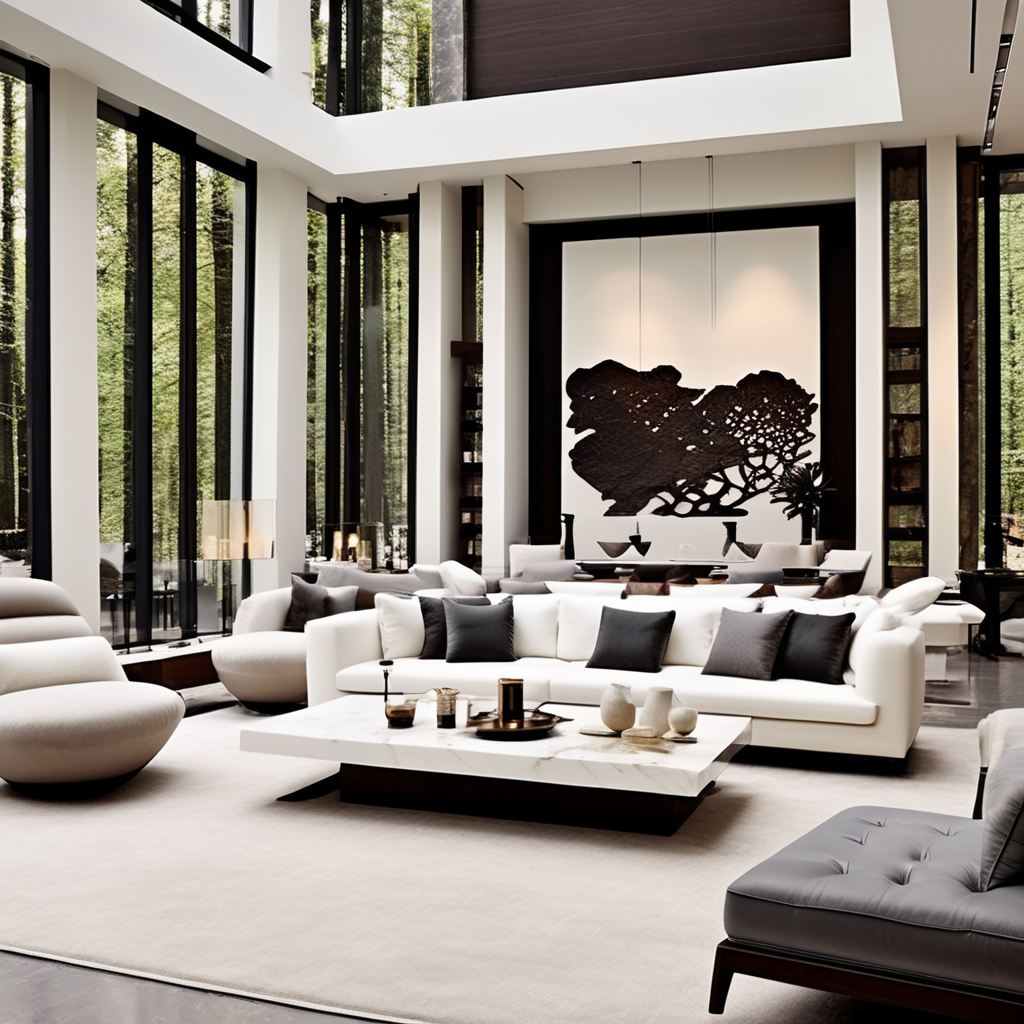
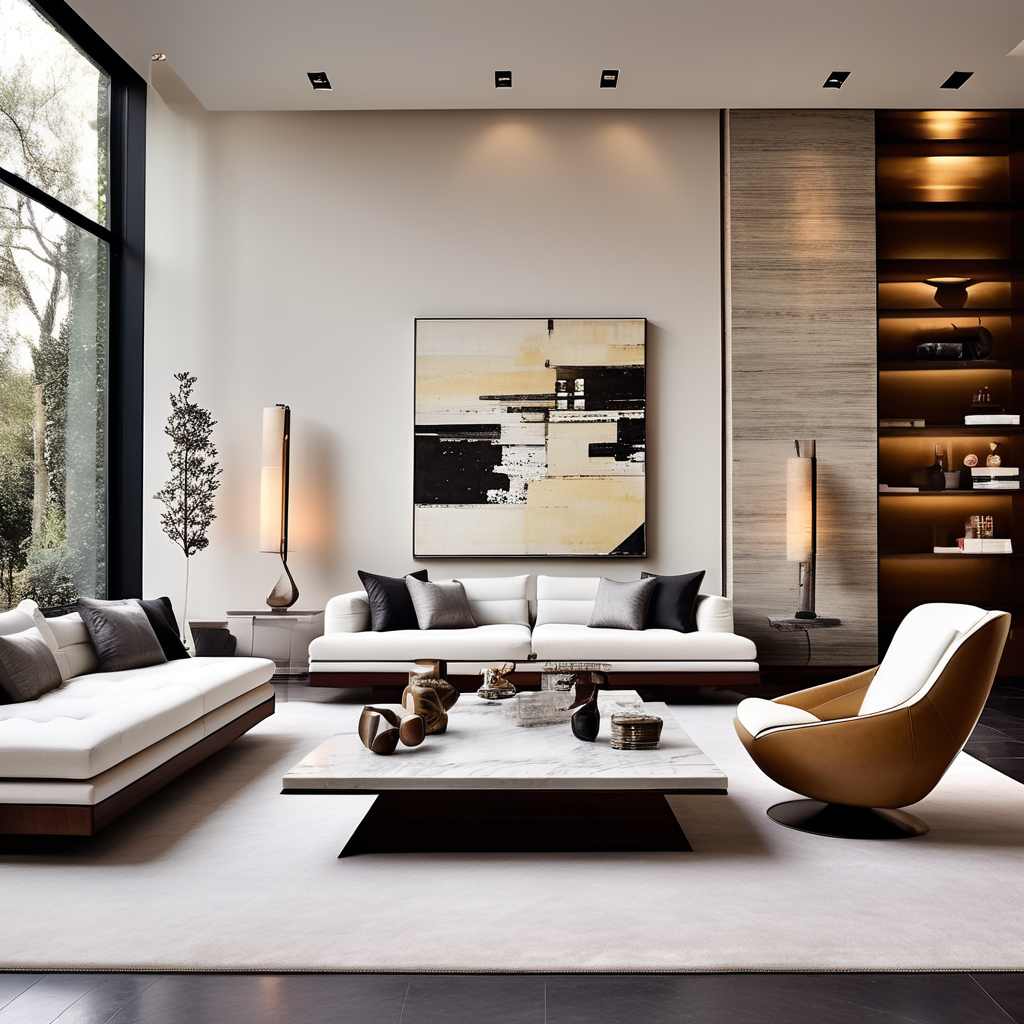
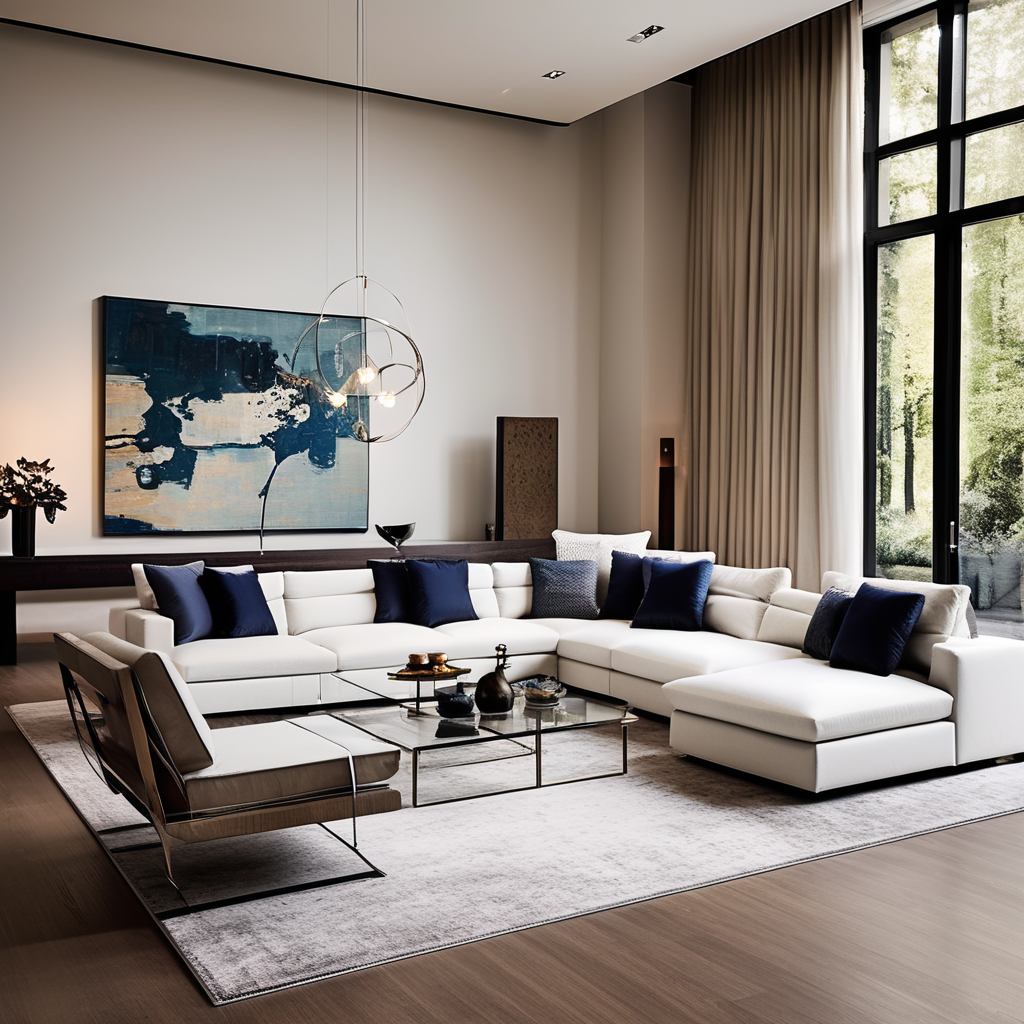
In addition to furniture and lighting, textiles play a significant role in enhancing both comfort and style. Incorporate cozy rugs underfoot for added warmth and texture. Soft curtains or blinds can help control privacy while adding an elegant touch.
Remember, personal touches! Adding items like throw pillows, artwork, or decorative accents can inject personality into your space while elevating its overall aesthetic appeal.
By carefully considering these essential elements – furniture selection, lighting choices, textile incorporation, and personalization – you can effortlessly elevate your interior design scheme’s comfort level and style quotient.
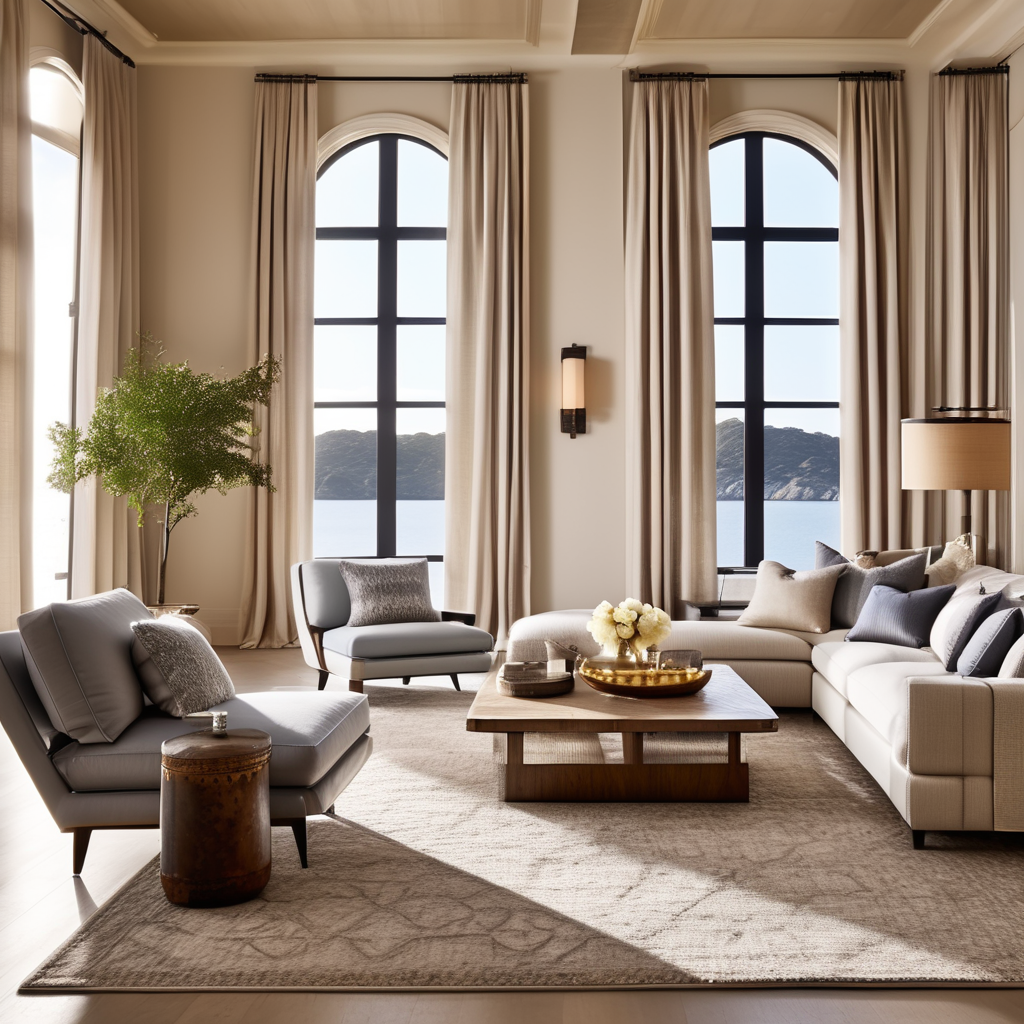
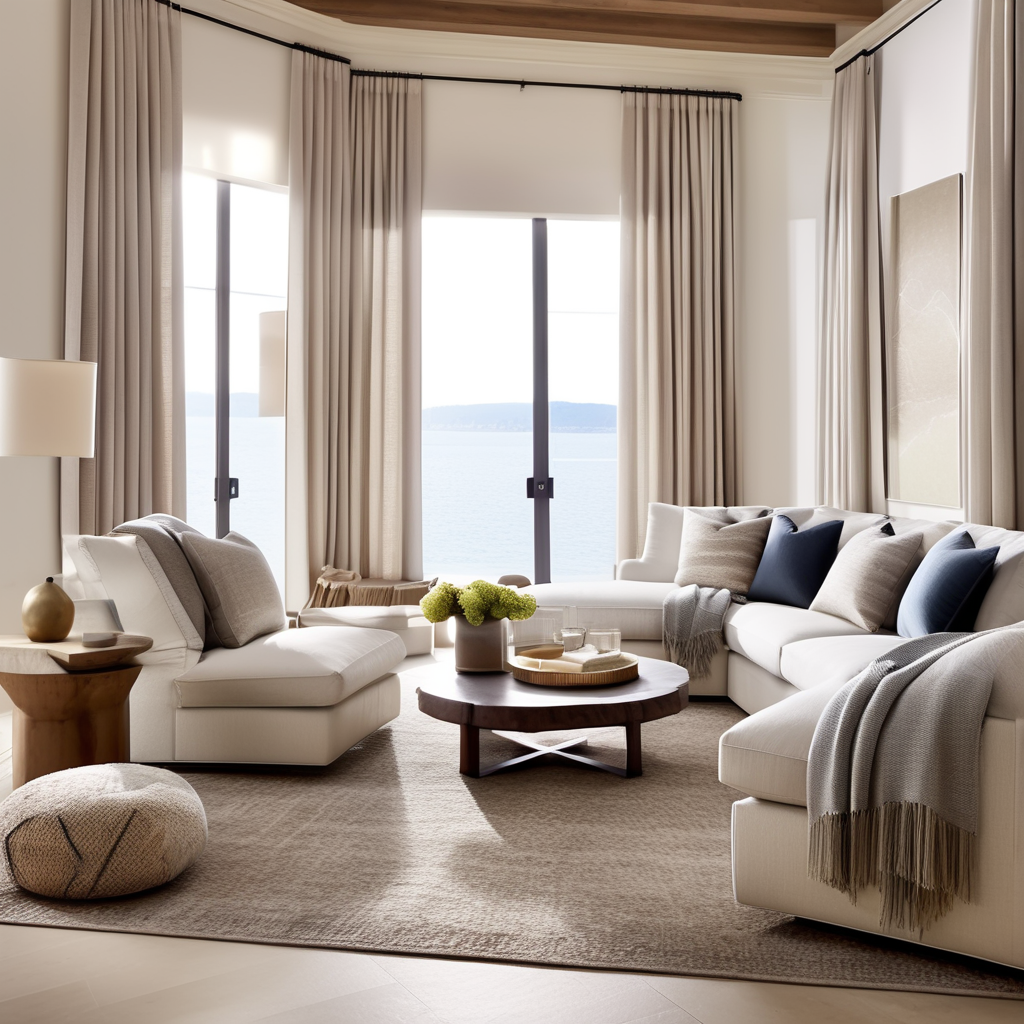
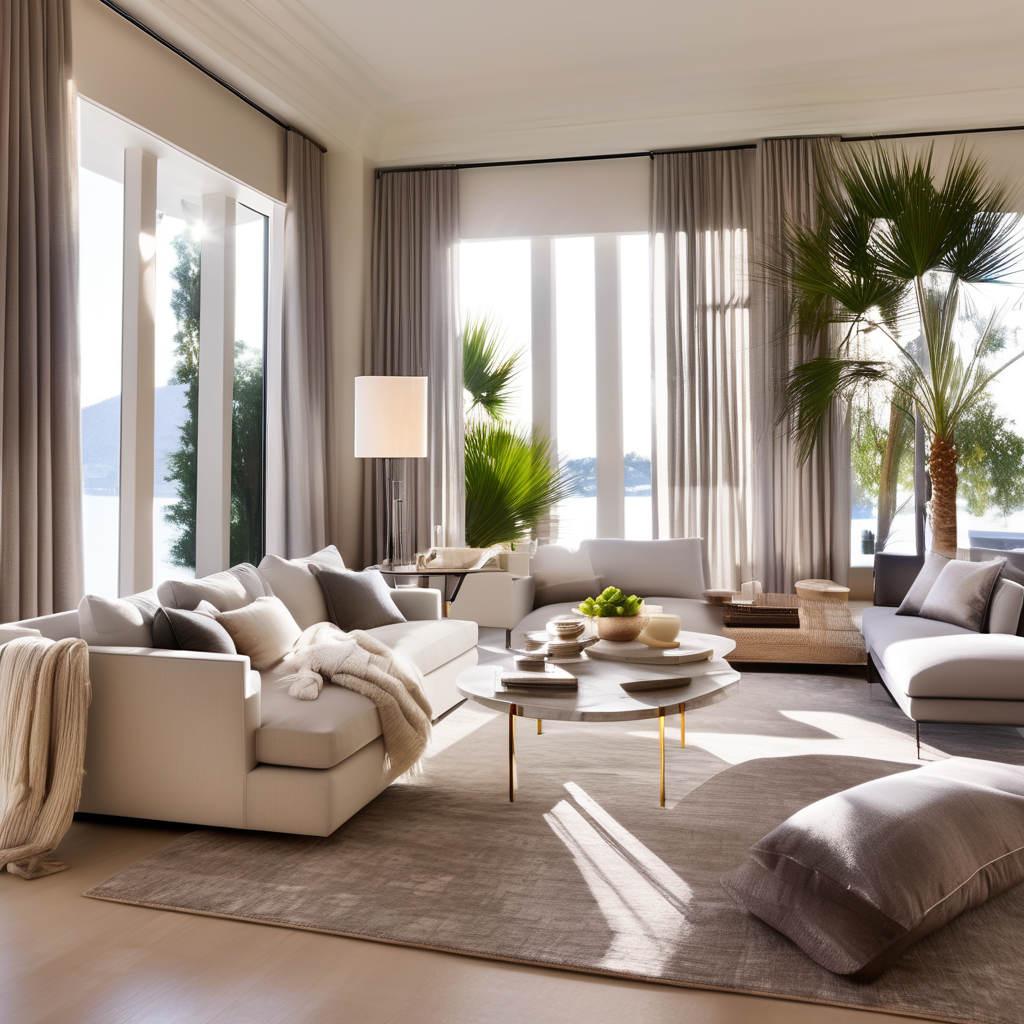
Illuminating the Essence of Interior Design
Lighting is crucial in interior design; it can transform a space and create ambiance. Whether natural or artificial, proper illumination can enhance any room’s overall aesthetic appeal and functionality.
Natural light is a prized element in interior design, as it illuminates and brings warmth and vitality into a space. Maximizing the use of windows, skylights, and other architectural features that allow ample sunlight to filter in can instantly uplift the mood of a room.
Artificial lighting is another essential aspect that should be carefully considered. Task lighting, such as desk lamps or under-cabinet lights, provides focused illumination for activities like reading or cooking. Ambient lighting sets the overall tone by providing general illumination throughout the room. Accent lighting adds drama and highlights specific objects or areas within a space.
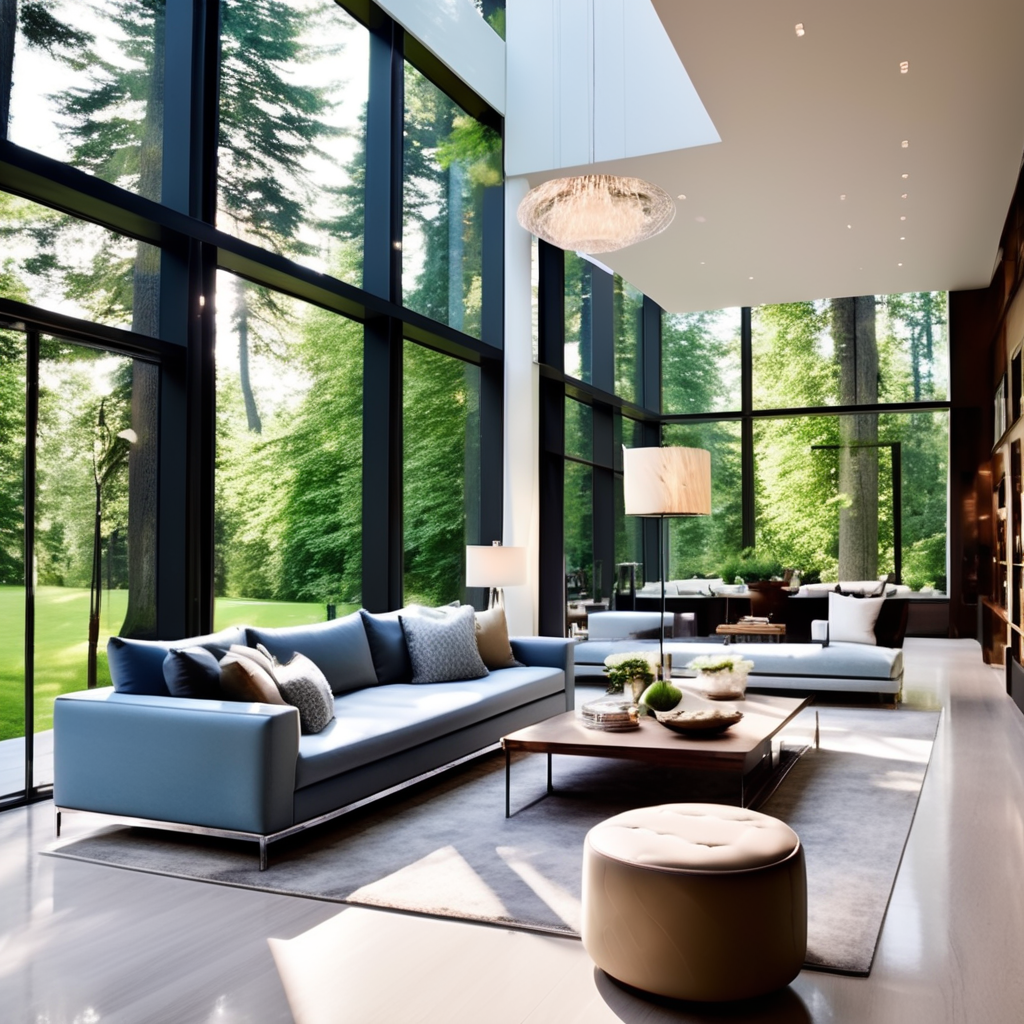
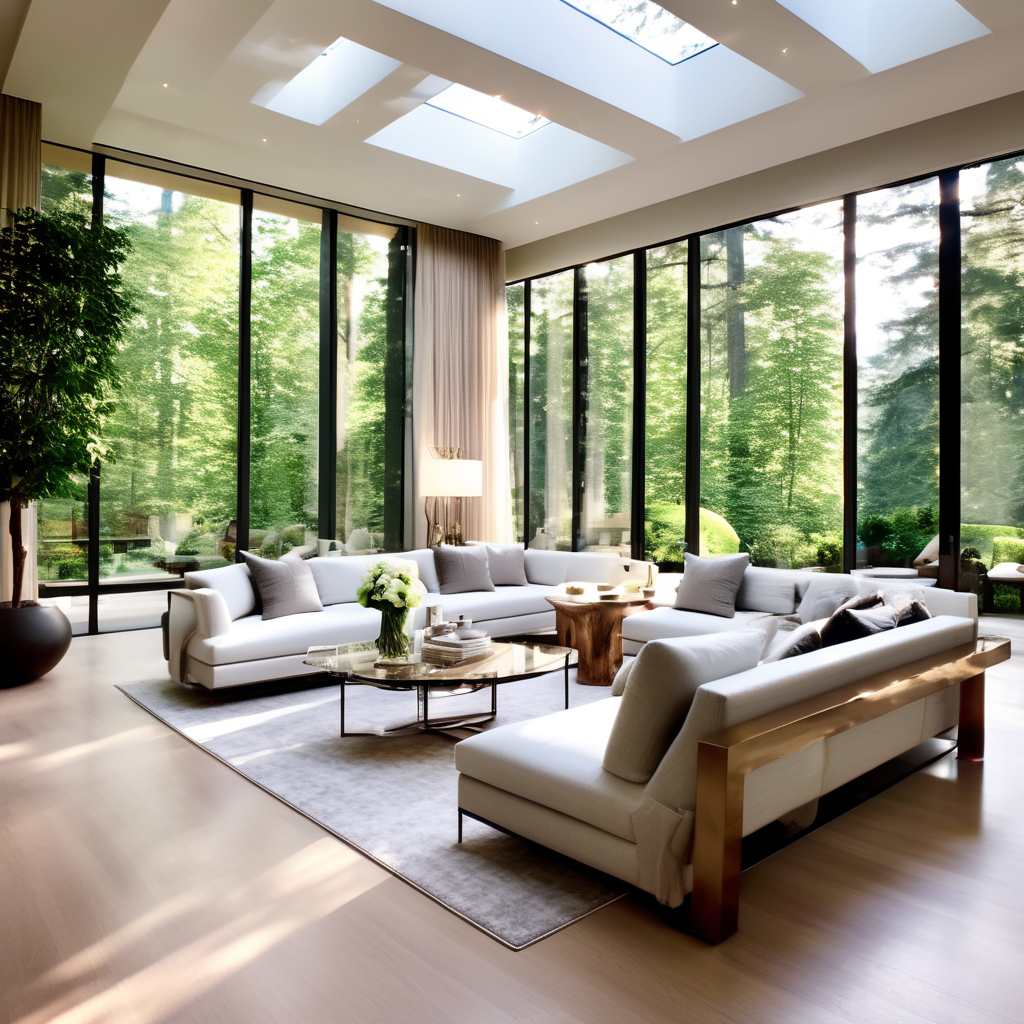
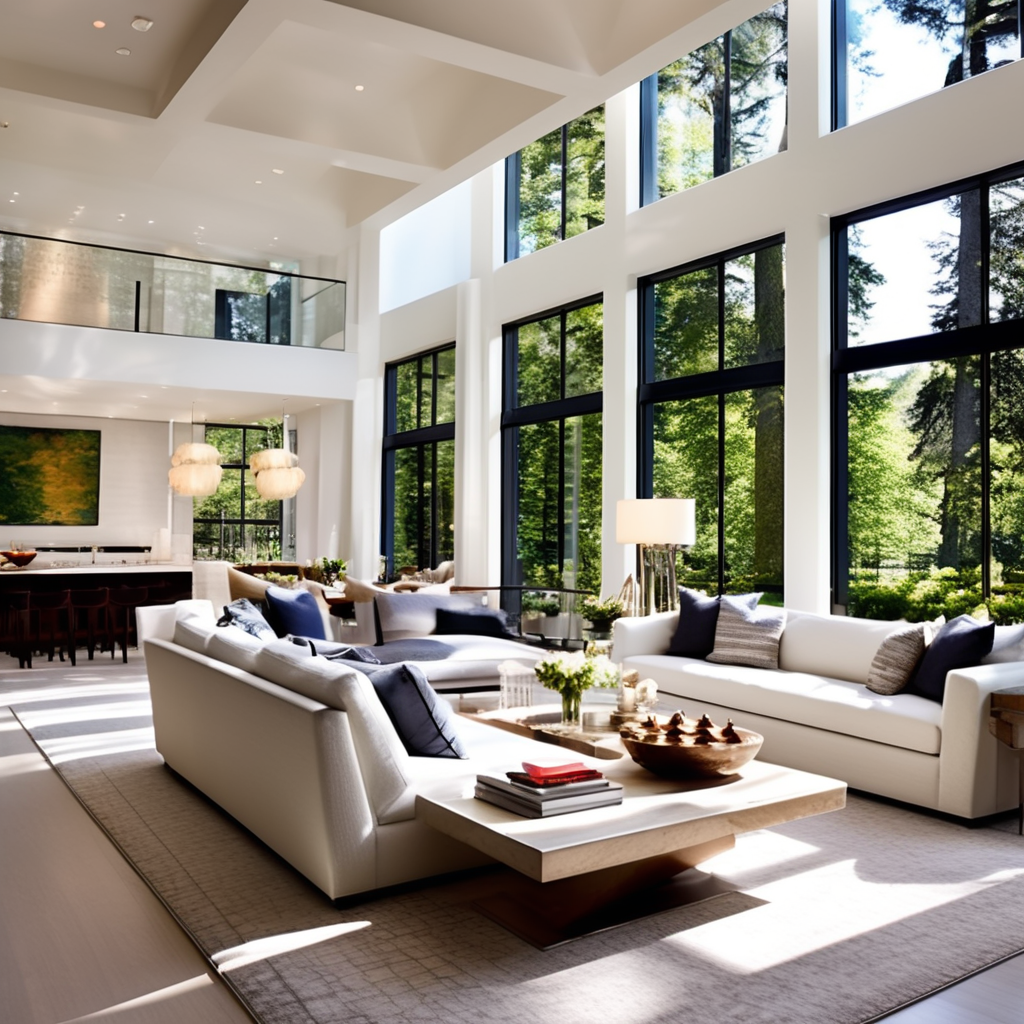
The right combination of these different types of lighting can create layers and depth in an interior design scheme. It’s important to consider not only functionality but also aesthetics when choosing light fixtures – they should complement the style and theme of your space while serving their purpose effectively.
Additionally, incorporating dimmers gives you control over brightness levels, allowing you to adjust according to moods or activities throughout the day.
Remember that well-planned lighting design enhances comfort and style in any interior setting. By paying attention to this often-overlooked element, you can truly illuminate the essence of your internal design vision!

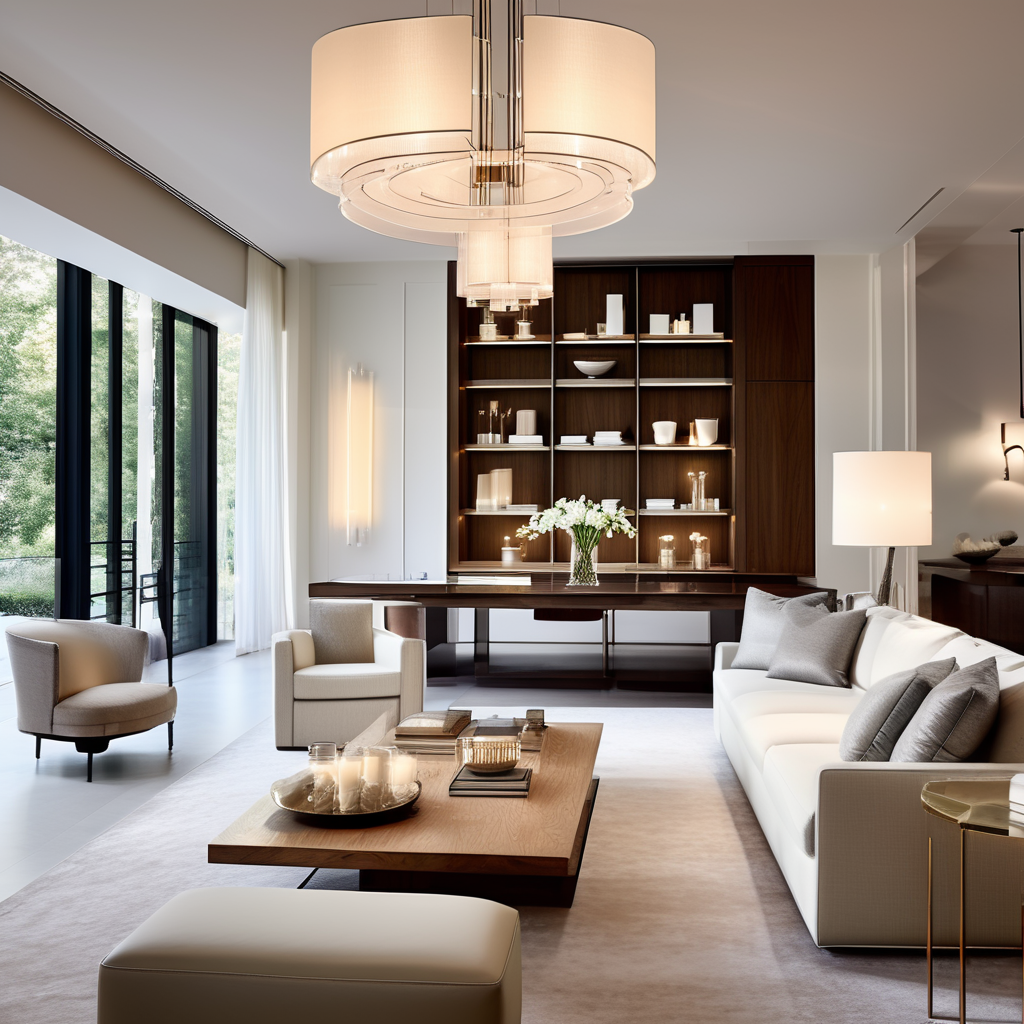
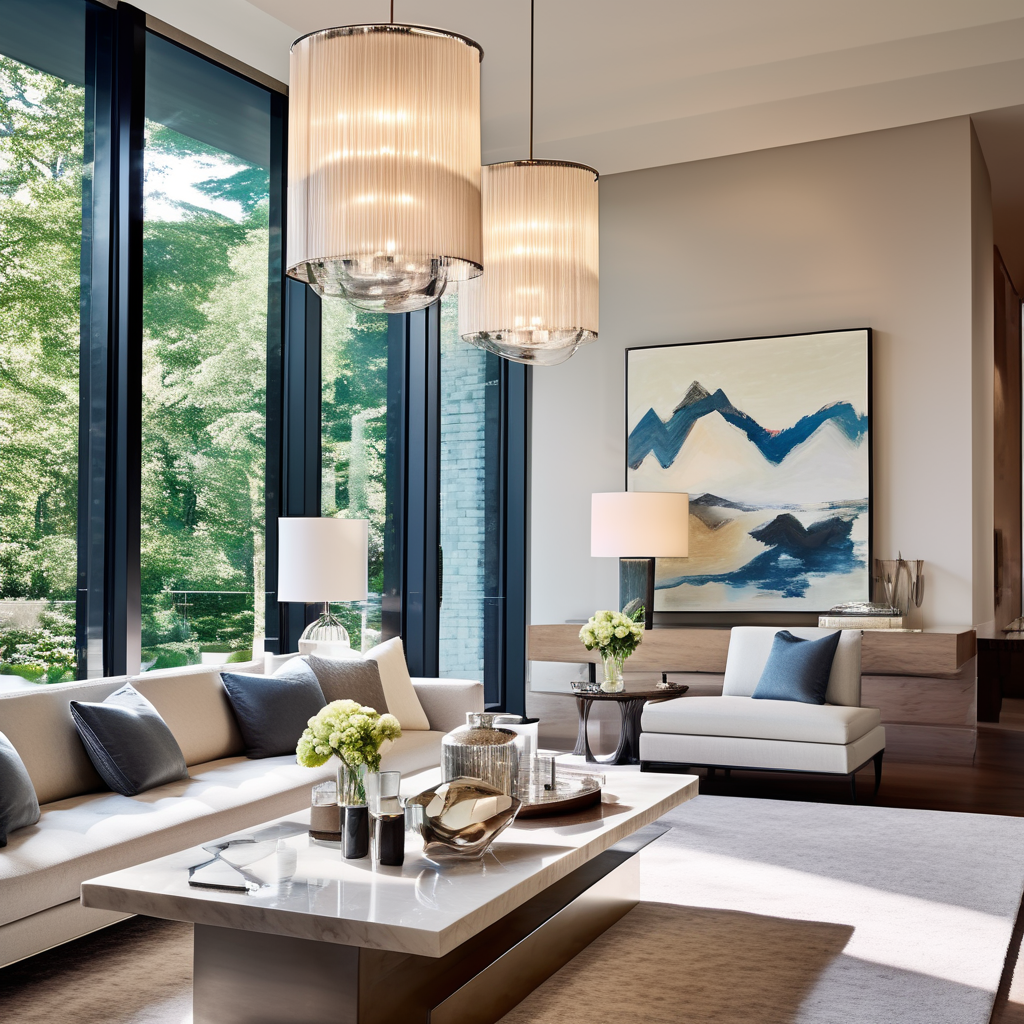
Choosing Pieces for Form and Function
One of the most important considerations when designing your interior space is selecting furniture and decor that perfectly balance form and function. After all, what good is a beautiful piece if it doesn’t serve a purpose?
Start by envisioning how you want your space to look and feel. Are you going for a minimalist vibe or something more eclectic? This will help guide your choices as you select pieces that complement the overall aesthetic and fulfill specific needs.
Consider the room’s layout and consider how each piece will fit in. Will it provide ample seating? Does it offer storage options? These factors are essential in creating a functional space that meets your everyday needs.

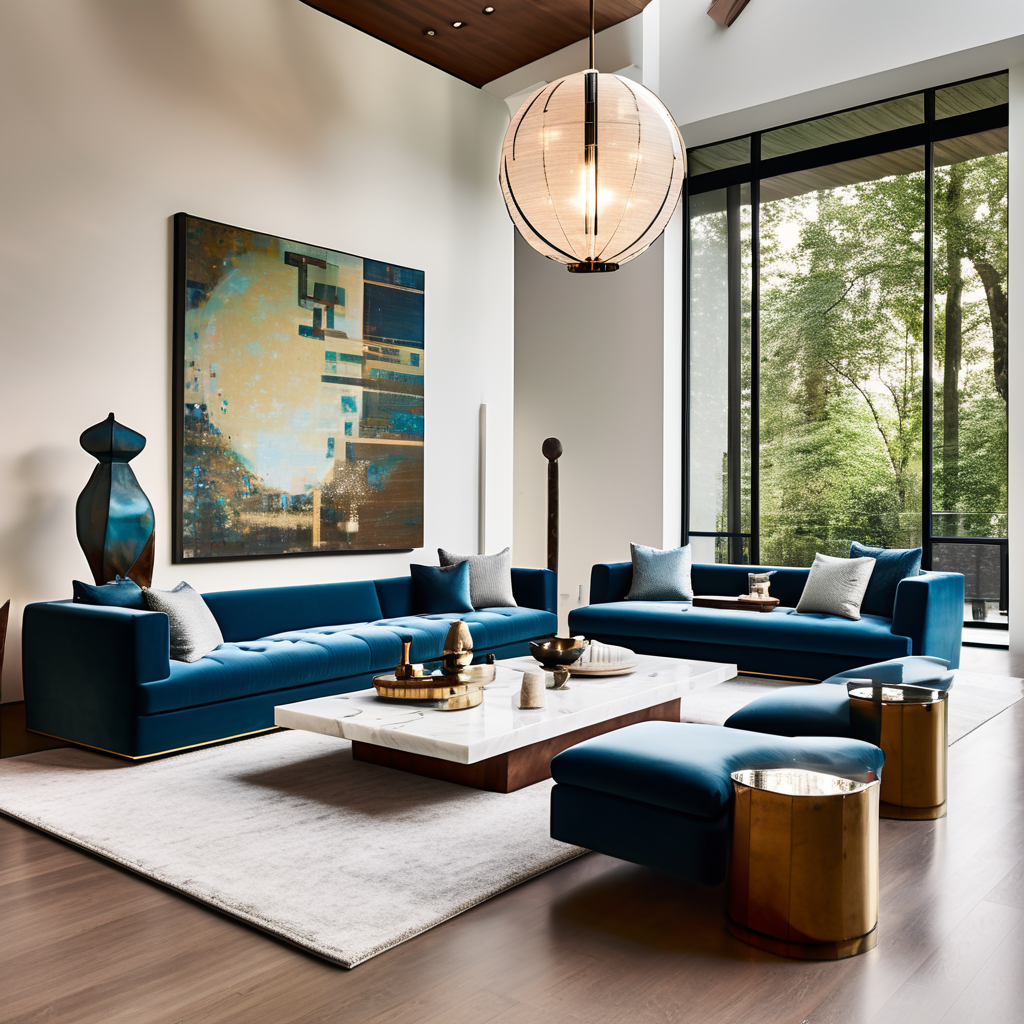
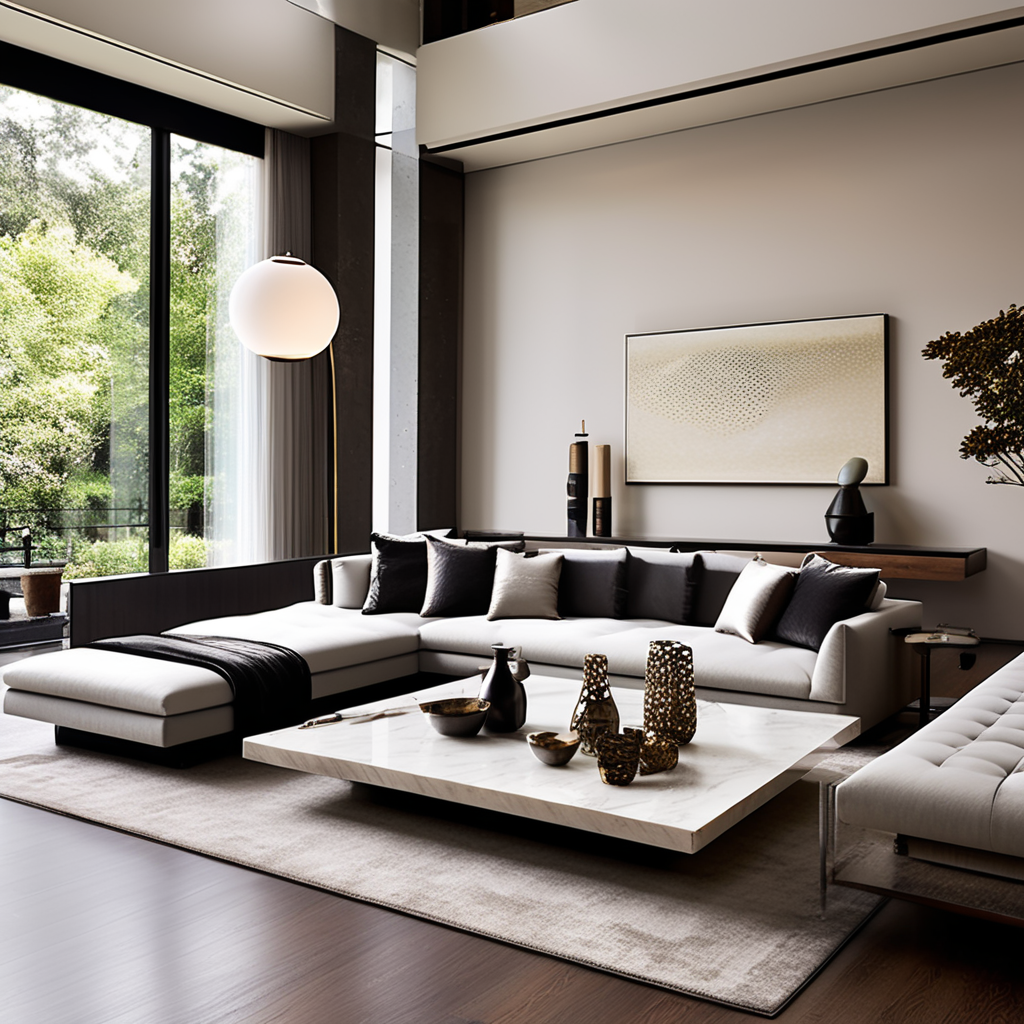
While aesthetics are certainly important, never underestimate the power of comfort. Look for furniture with ergonomic designs, plush cushions, and supportive features. Remember: you’ll spend a lot of time using these pieces, so they should be visually appealing and comfortable to sit or recline on.
Another aspect to consider is versatility. Opt for pieces that can easily adapt to different uses or configurations over time. A modular sofa or adjustable shelving unit allows flexibility as your needs change or when rearranging becomes necessary.
Remember quality! Investing in well-crafted items ensures longevity while adding value to your space. Take into account materials used, construction techniques employed, and durability before making any final decisions.
By carefully choosing pieces that seamlessly blend form with function, you can create an interior design scheme that looks amazing and enhances daily living experiences within your home – genuinely hitting the sweet spot between style and practicality!
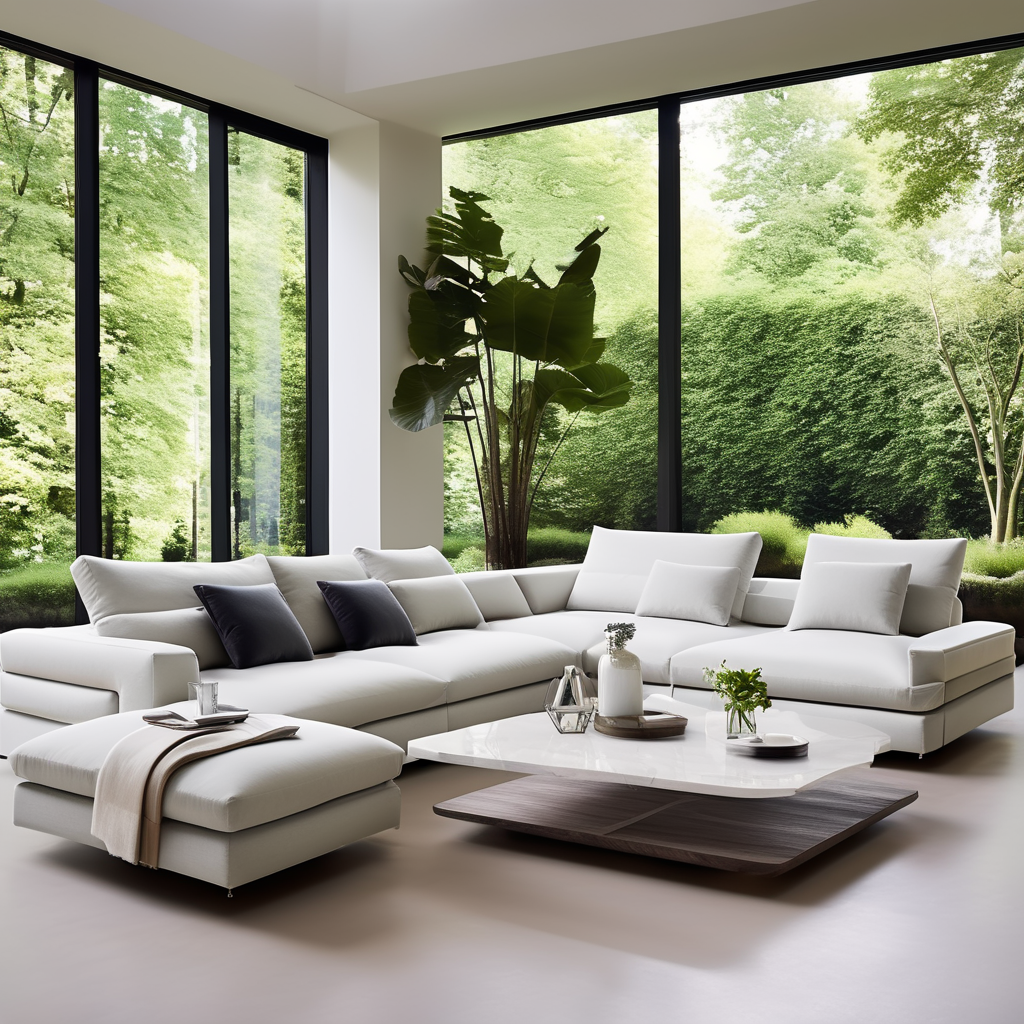
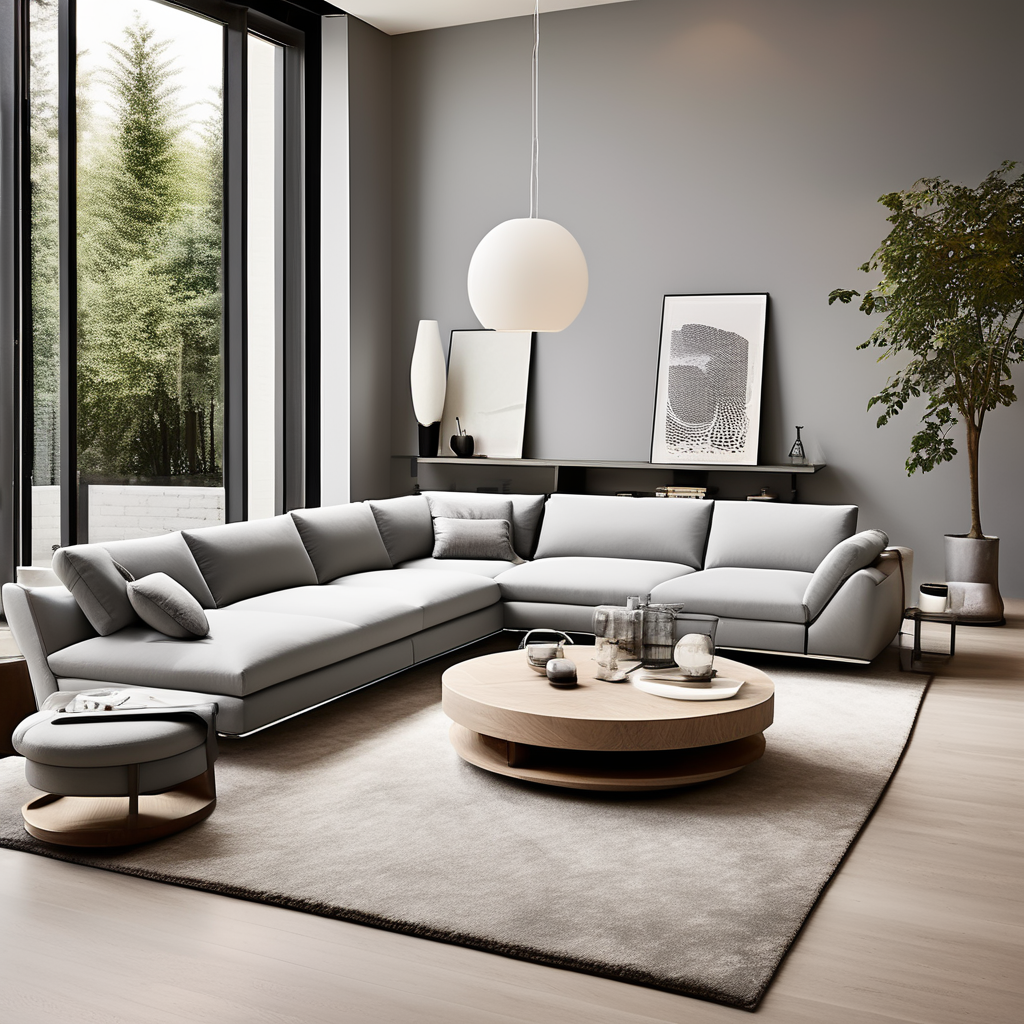
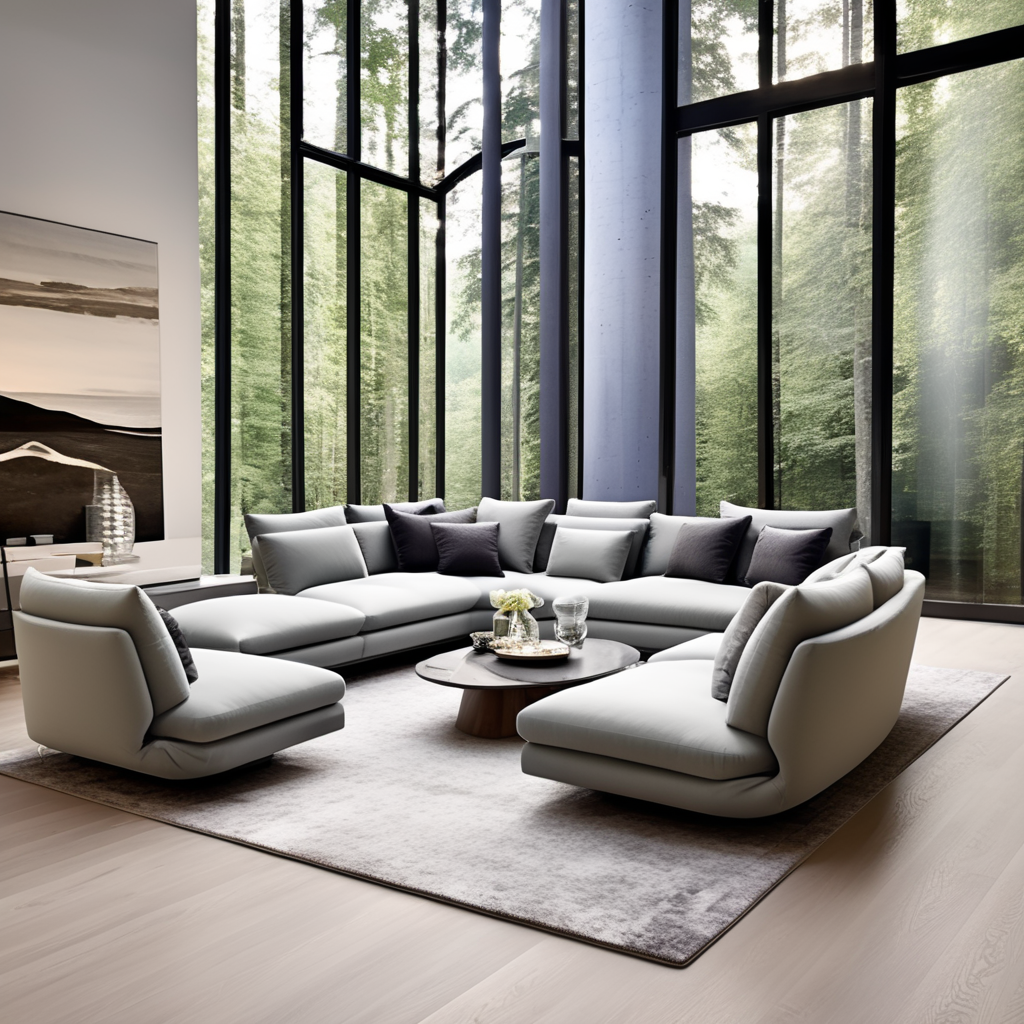
Maximizing Efficiency and Flow
Efficiency and flow are crucial to creating a functional and comfortable interior space. When maximizing efficiency, it’s essential to consider the layout and organization of furniture and the placement of critical items. A well-designed floor plan can enhance productivity and make everyday tasks easier.
One way to achieve optimal flow is by ensuring clear pathways throughout the room. Avoid cluttering walkways with unnecessary objects or furniture that obstruct movement. This will improve functionality and create a sense of openness in the space.
Another aspect to consider is storage solutions. Incorporating innovative storage options such as built-in shelves, cabinets, or multifunctional furniture can help keep your space organized while minimizing visual distractions.
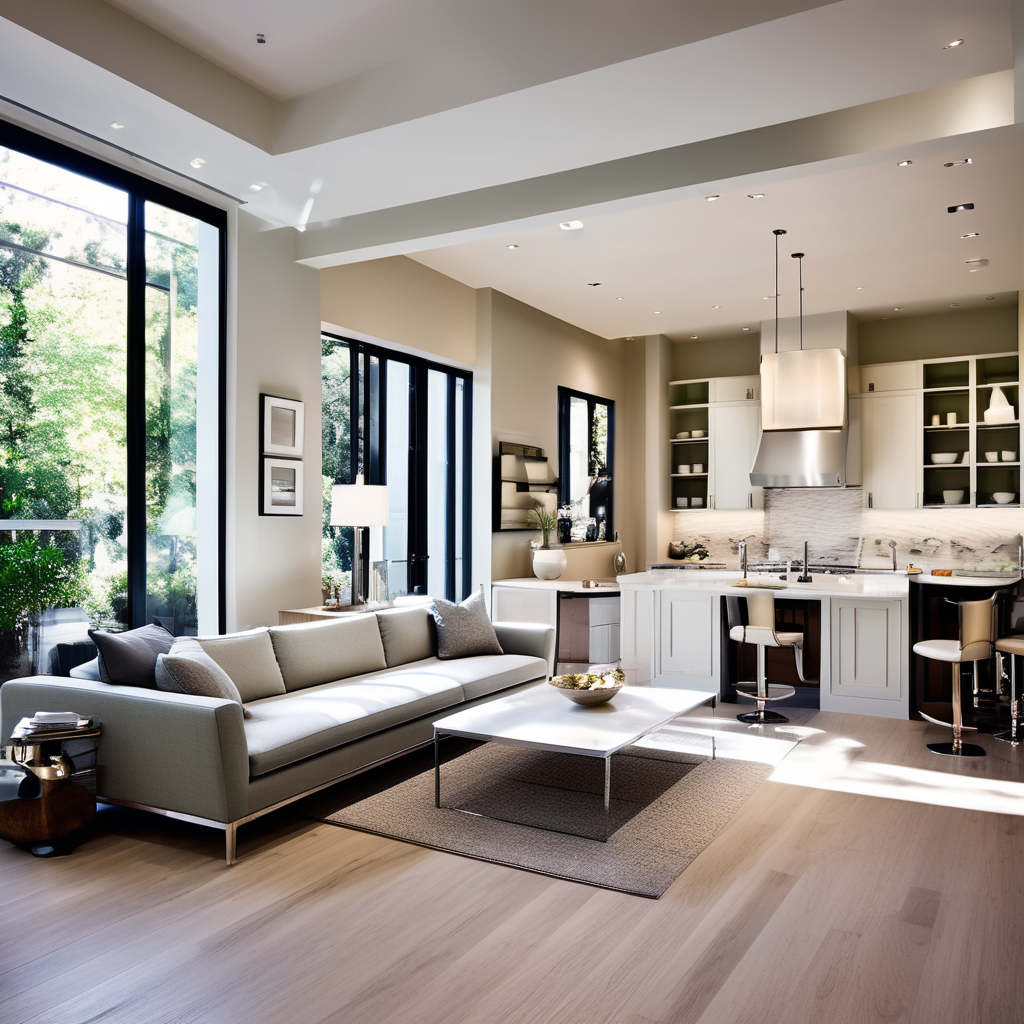
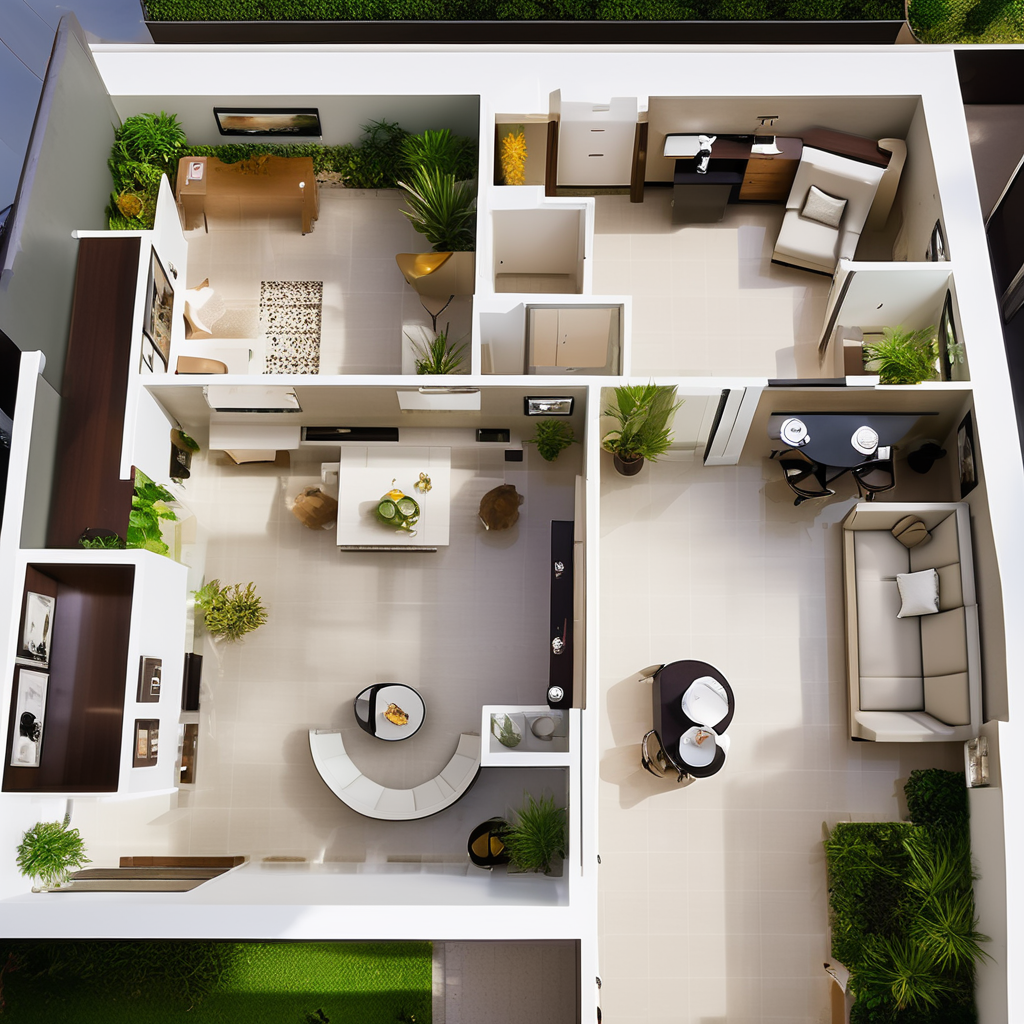
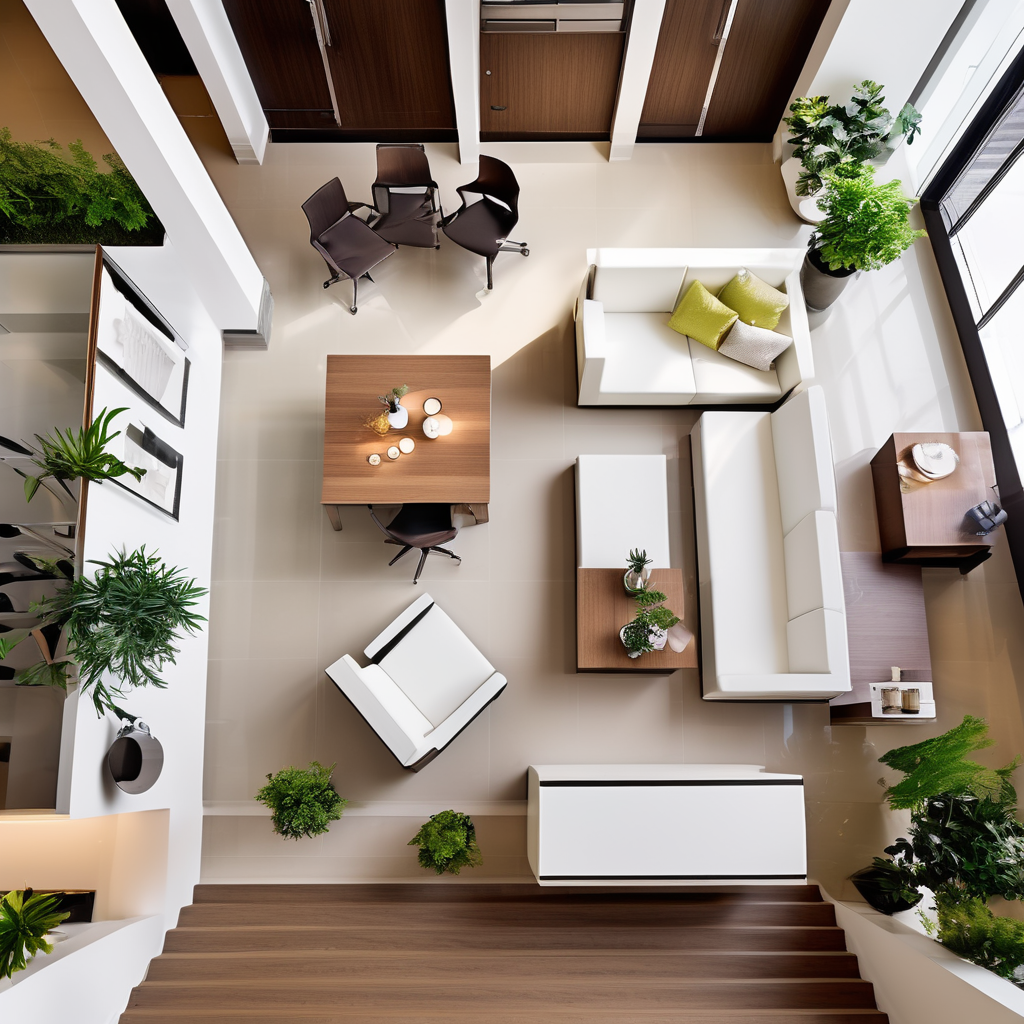
Lighting also plays a crucial role in enhancing efficiency within an interior design scheme. Natural light should be maximized through strategic positioning of windows or skylights, while artificial lighting should be carefully chosen for each area according to its function.
Additionally, selecting ergonomic furniture pieces can significantly contribute to both comfort and efficiency. Chairs with proper lumbar support or adjustable height desks promote good posture and reduce strain on the body during prolonged work or study periods.
By focusing on these aspects – layout optimization, streamlined pathways, efficient storage solutions, appropriate lighting choices, and ergonomic furnishings – you’ll maximize productivity and comfort within your living or working environment without compromising style or aesthetic appeal.
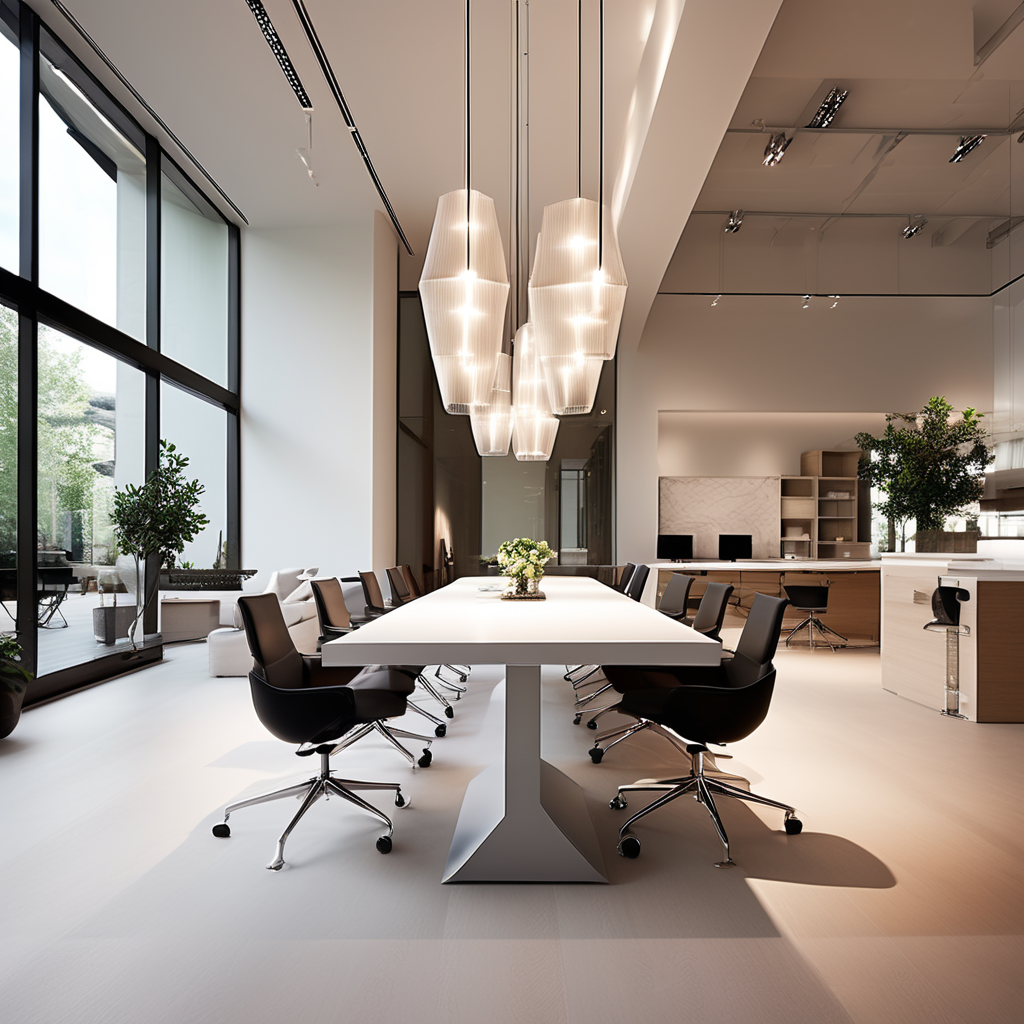

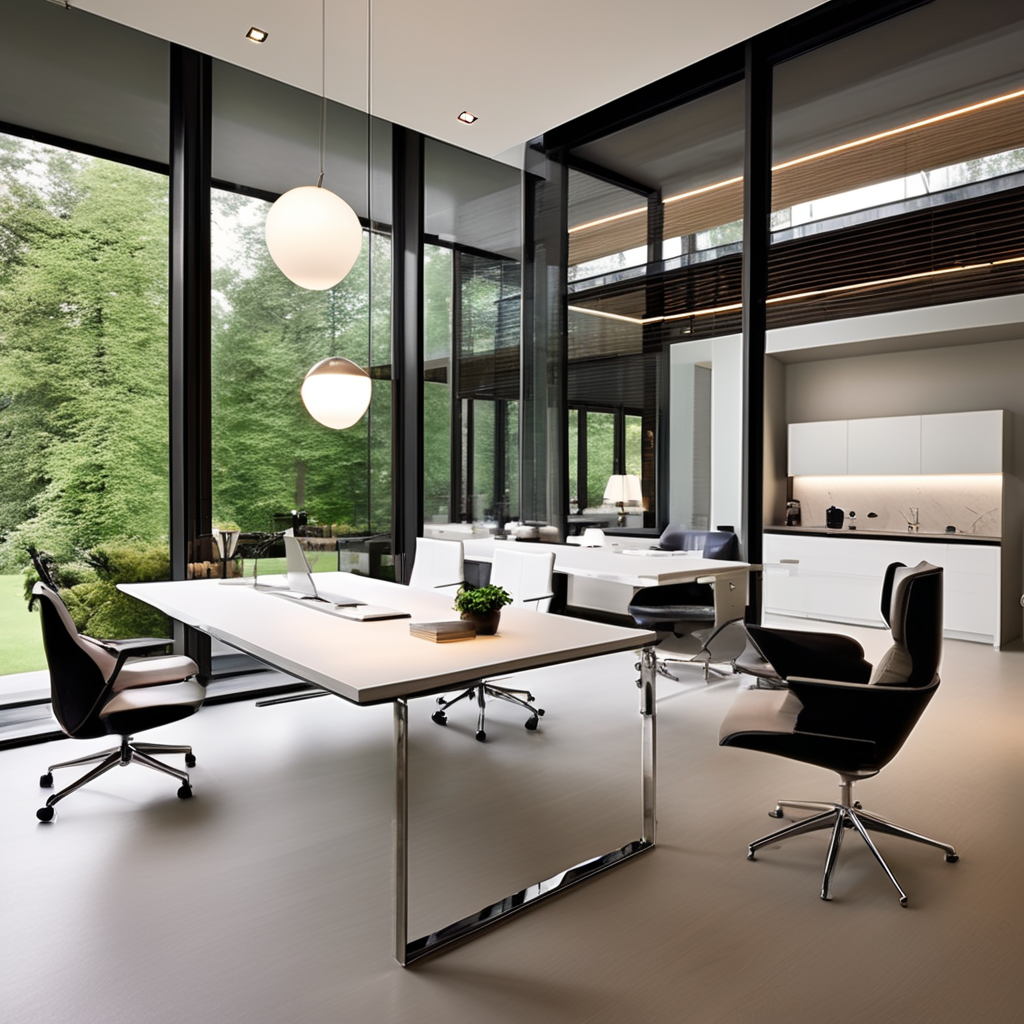
Infusing Personality into Interior Spaces
Your home should reflect your unique personality, and one way to achieve this is by infusing your interior spaces with elements that showcase who you are. Personalizing your living space adds character and creates a warm and inviting atmosphere for you and your guests.
One way to infuse personality into your interior design is through the use of artwork. Choosing pieces that resonate with you will add depth and meaning to your space, whether it’s paintings, sculptures, or photographs. Displaying cherished items collected from travels or inherited from loved ones can also bring a personal touch to any room.
Another way to inject personality is through the use of color. Consider incorporating bold hues or vibrant patterns that reflect your energy and style. Don’t be afraid to mix and match different colors; it can create an eclectic look that truly represents you.

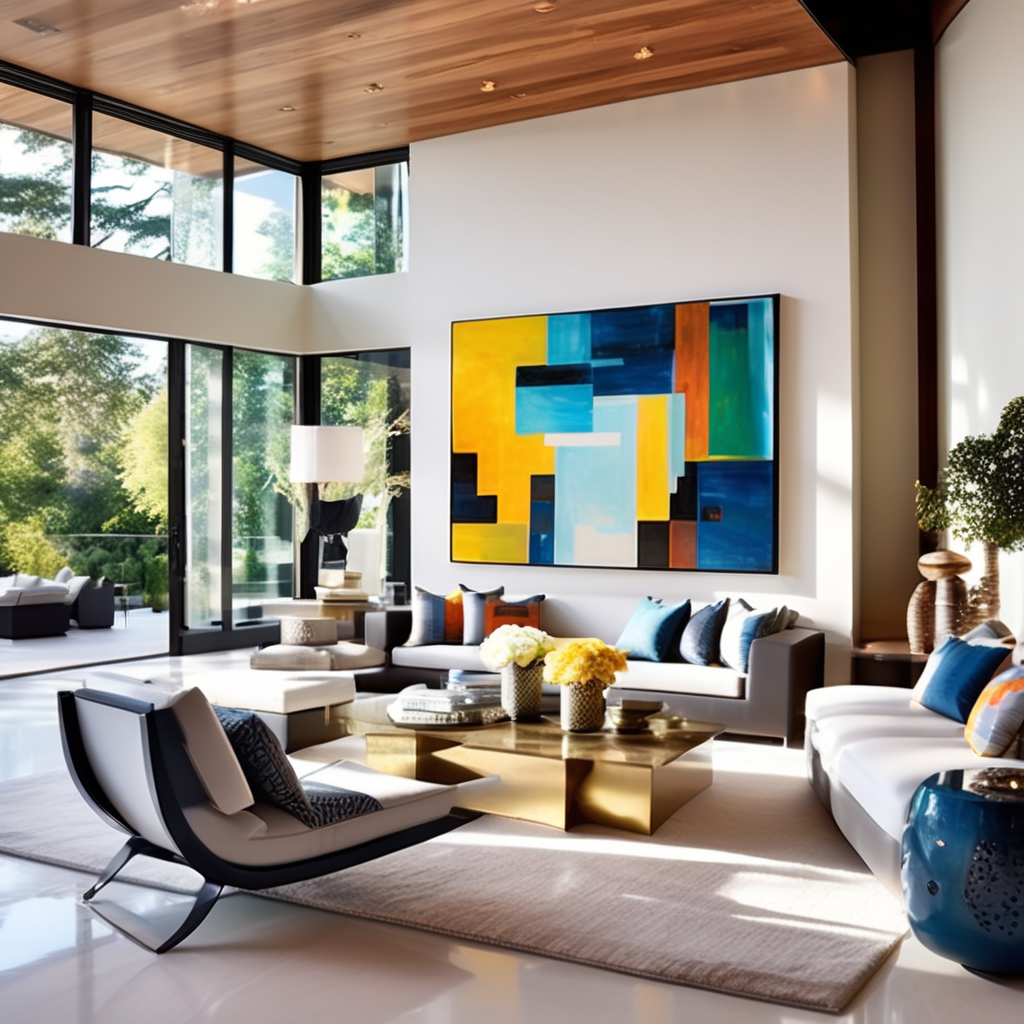
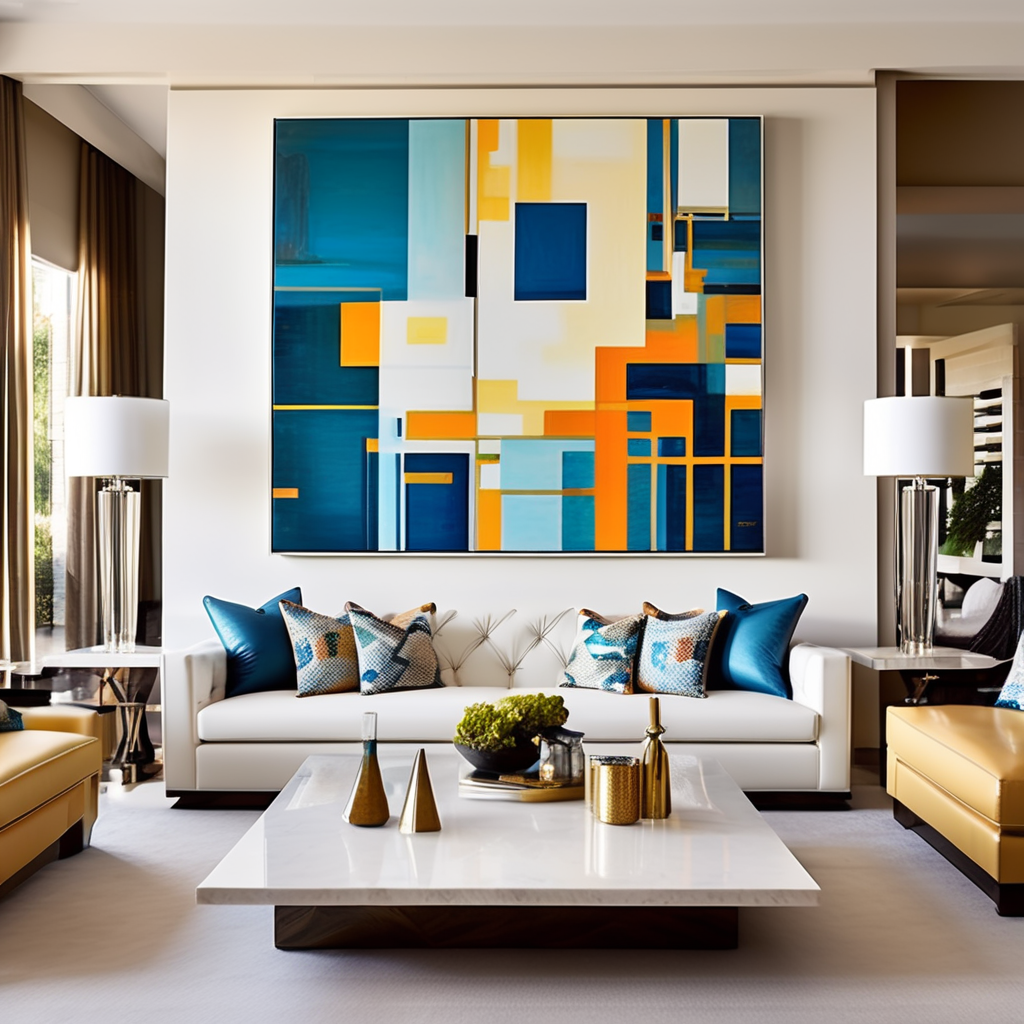
Incorporating meaningful objects or heirlooms into your decor is another great way to personalize your space. Displaying family photos, treasured books, or sentimental trinkets can evoke nostalgia while adding a personal touch.
Remember texture! Adding textures such as plush rugs, cozy blankets, or textured wallpapers can instantly transform an ordinary room into a personalized sanctuary.
Remember that infusing personality into interior spaces goes beyond following trends – it’s about creating an environment where you feel comfortable and inspired. So, let your imagination run wild as you curate a home that reflects your identity!
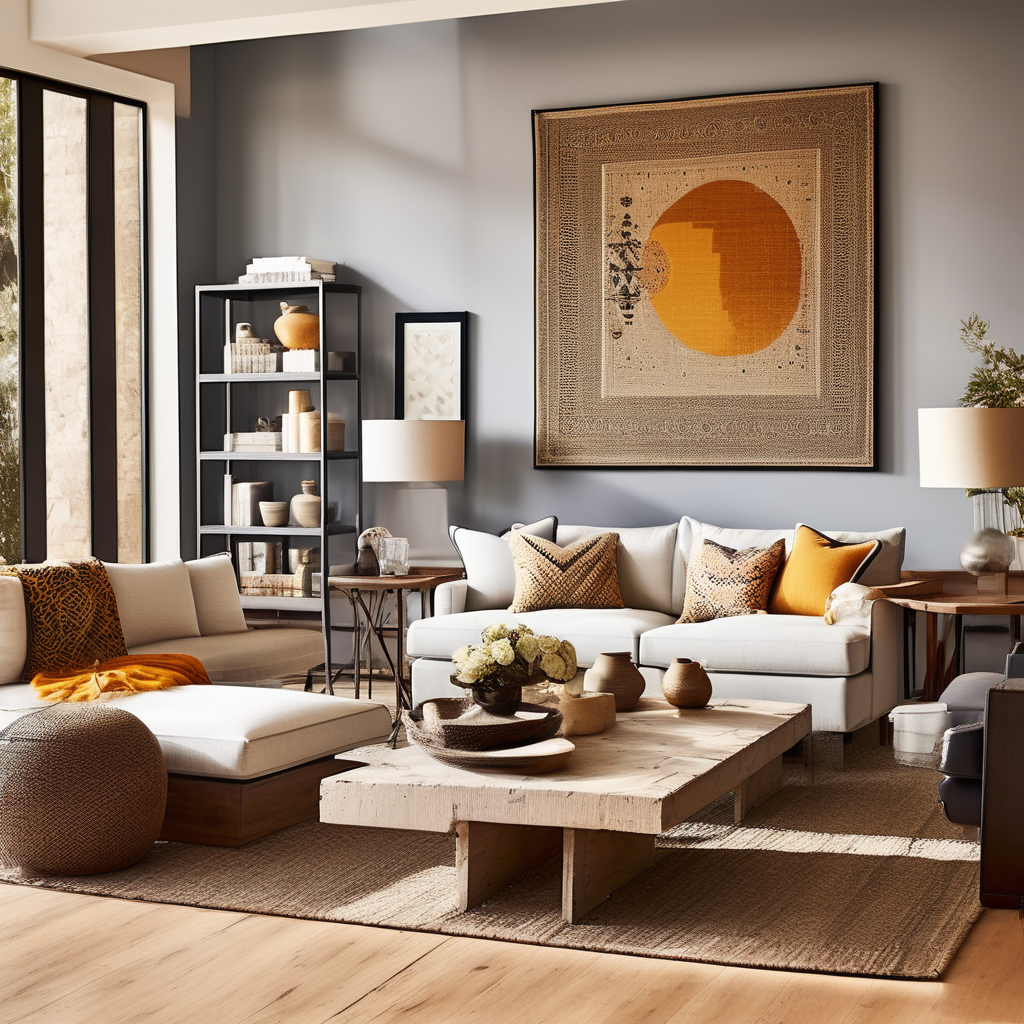
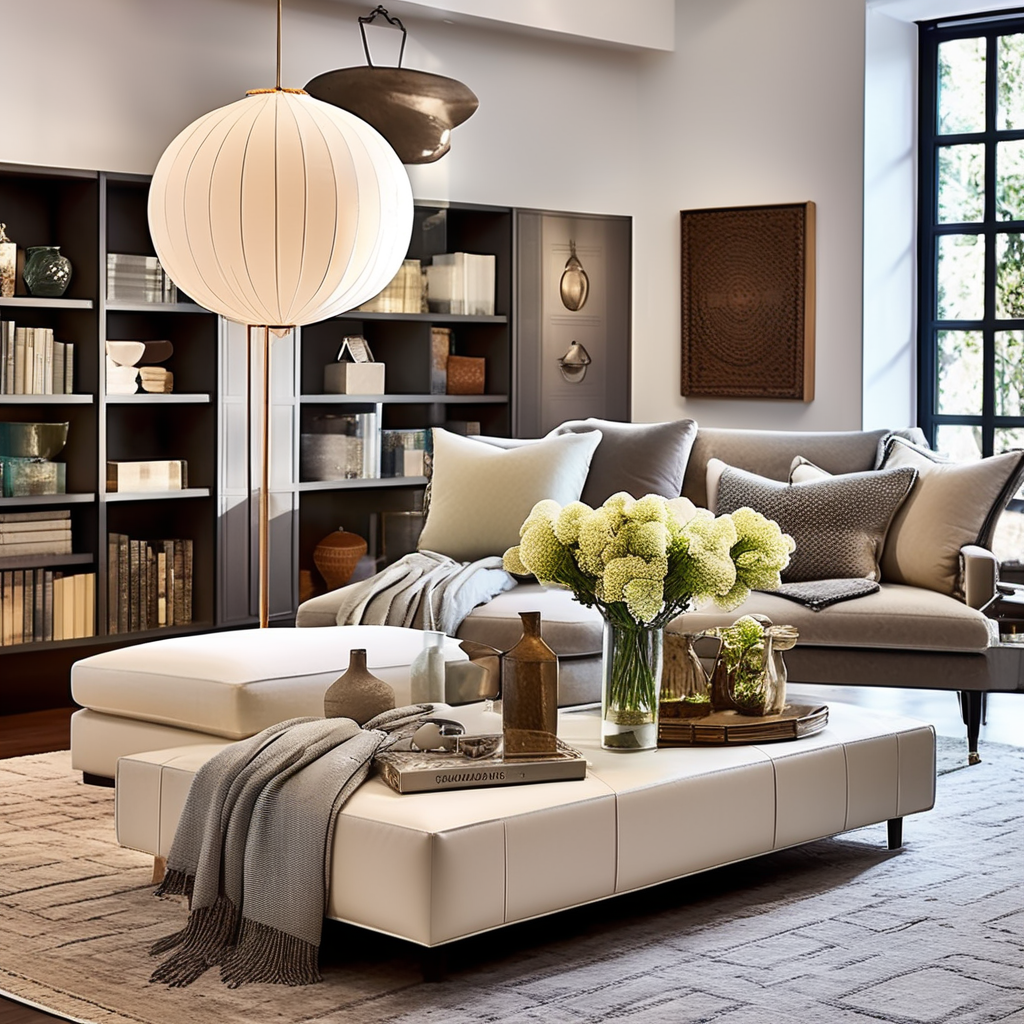
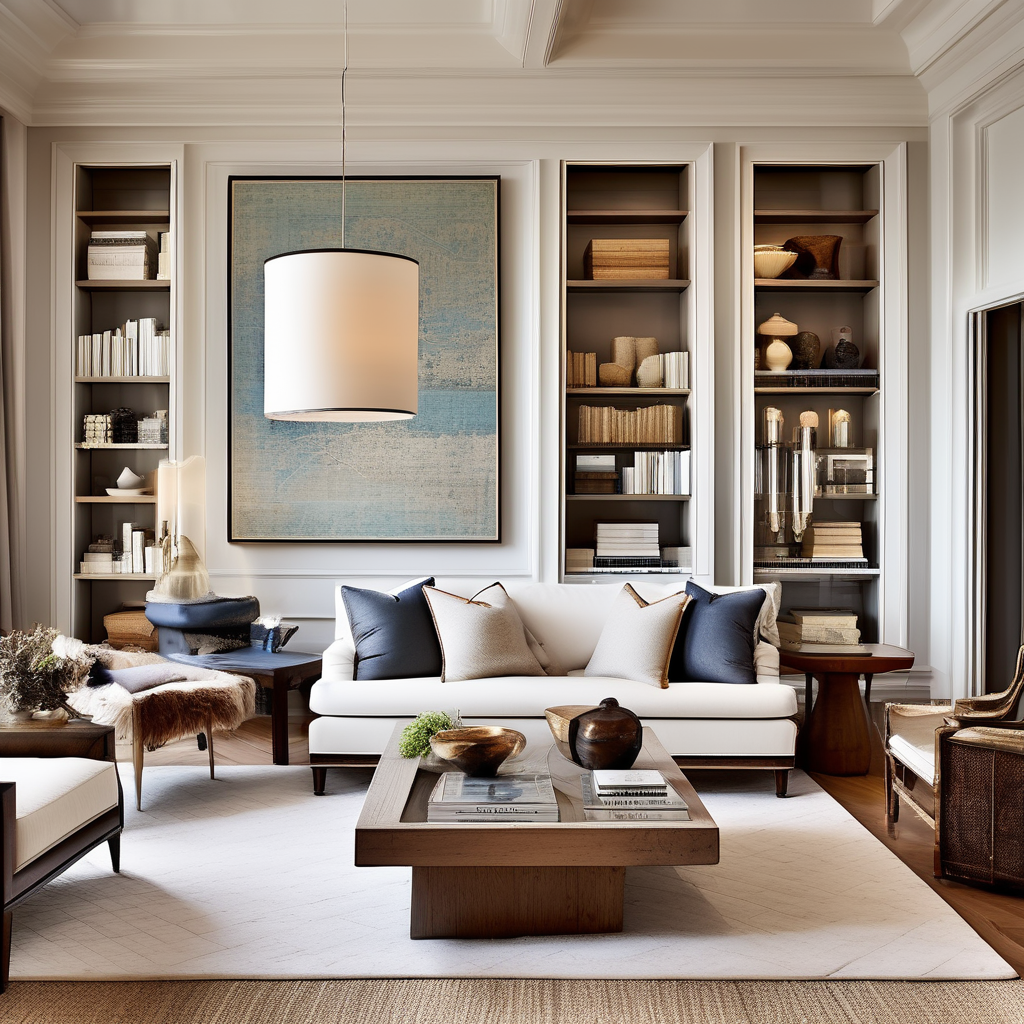
Flooring and Wall Treatments
Flooring and wall treatments play a crucial role in creating the overall aesthetic and ambiance of any interior space. They are essential elements that can transform a room from ordinary to extraordinary, adding depth, texture, and character.
When it comes to flooring options, there is a vast array to choose from. Hardwood floors exude elegance and warmth while offering durability. Laminate flooring provides versatility at a more affordable price point. Tile floors offer both style and practicality, especially in areas with high moisture levels, such as bathrooms or kitchens.
Wall treatments also contribute significantly to the overall design scheme. Paint is one of the simplest ways to add color and personality to a room. Opt for neutral tones or bold hues, depending on your desired look.
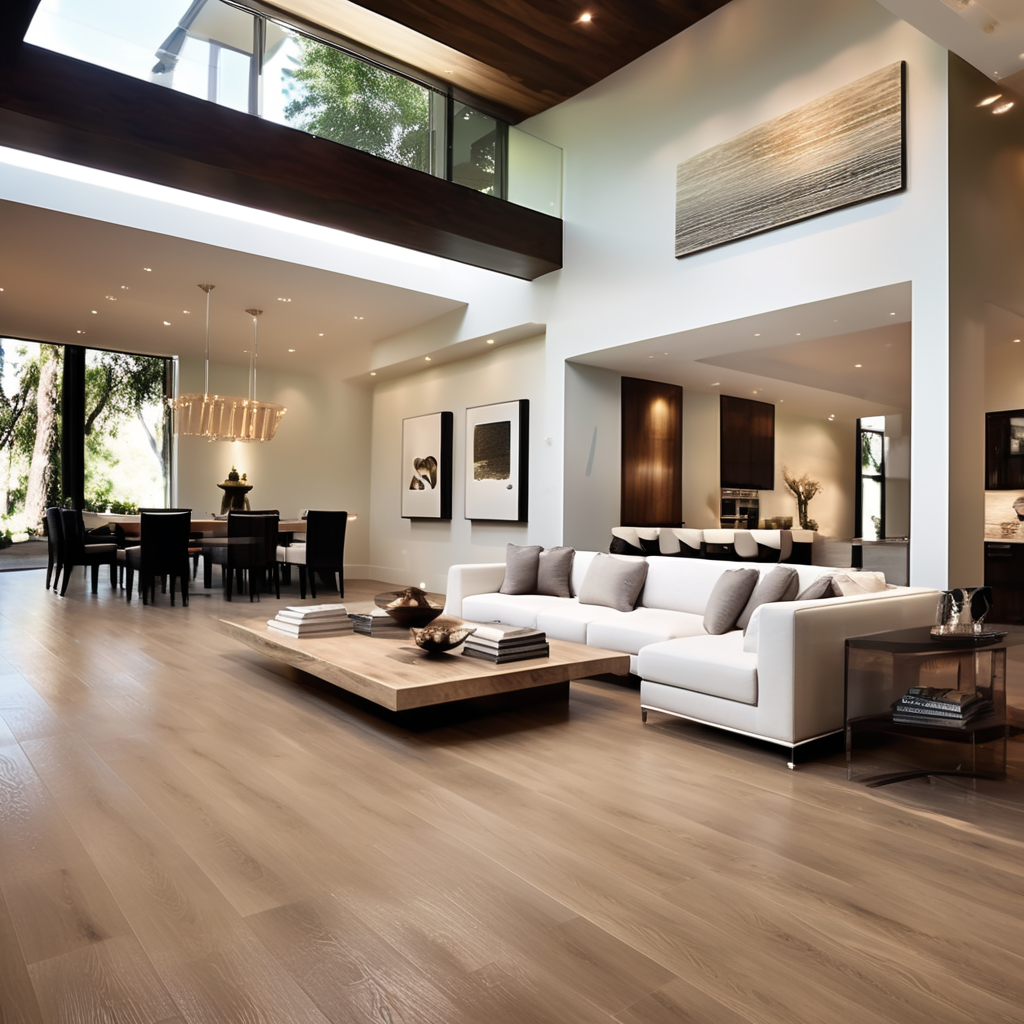
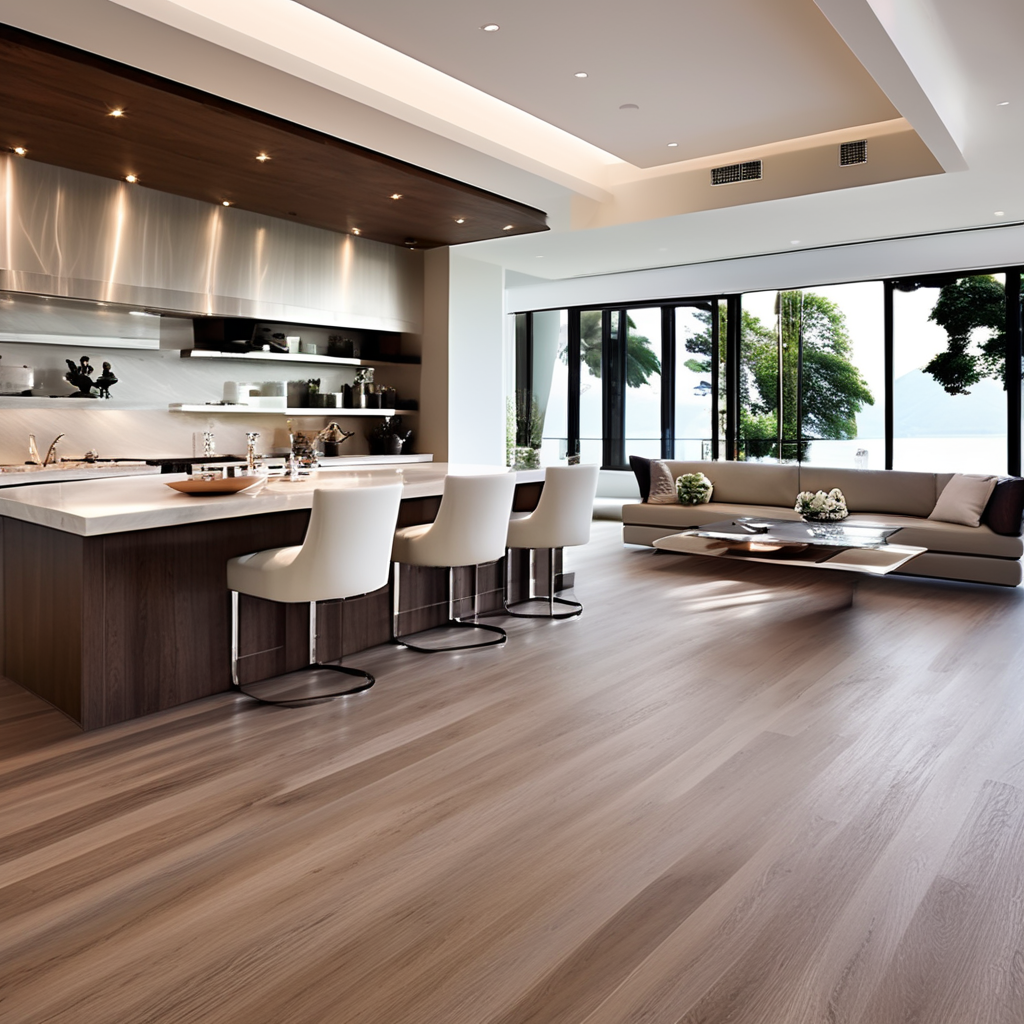
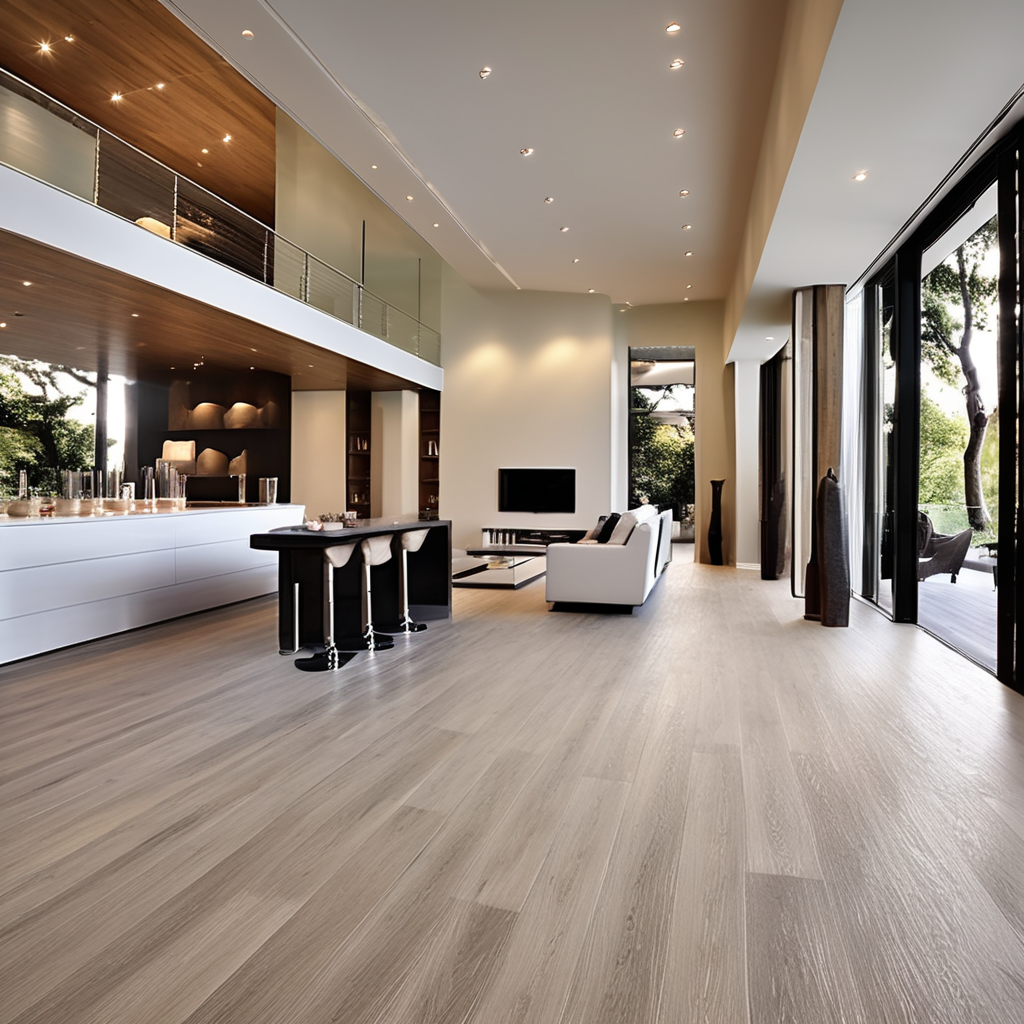
Another popular option is wallpaper – a versatile choice that allows you to experiment with patterns, textures, and colors. The possibilities are endless, from subtle designs that create an understated backdrop to bold prints that make a statement.
For those seeking unique alternatives, consider accent walls made of reclaimed wood panels or exposed brickwork for an industrial vibe. These materials bring an element of authenticity while adding visual interest.
In conclusion (conclusion not allowed), when selecting flooring and wall treatments for your interior space(s), remember that they should complement each other while reflecting your style. Consider factors such as functionality, maintenance requirements, budget constraints, and how these choices will harmonize with other design elements within the space.
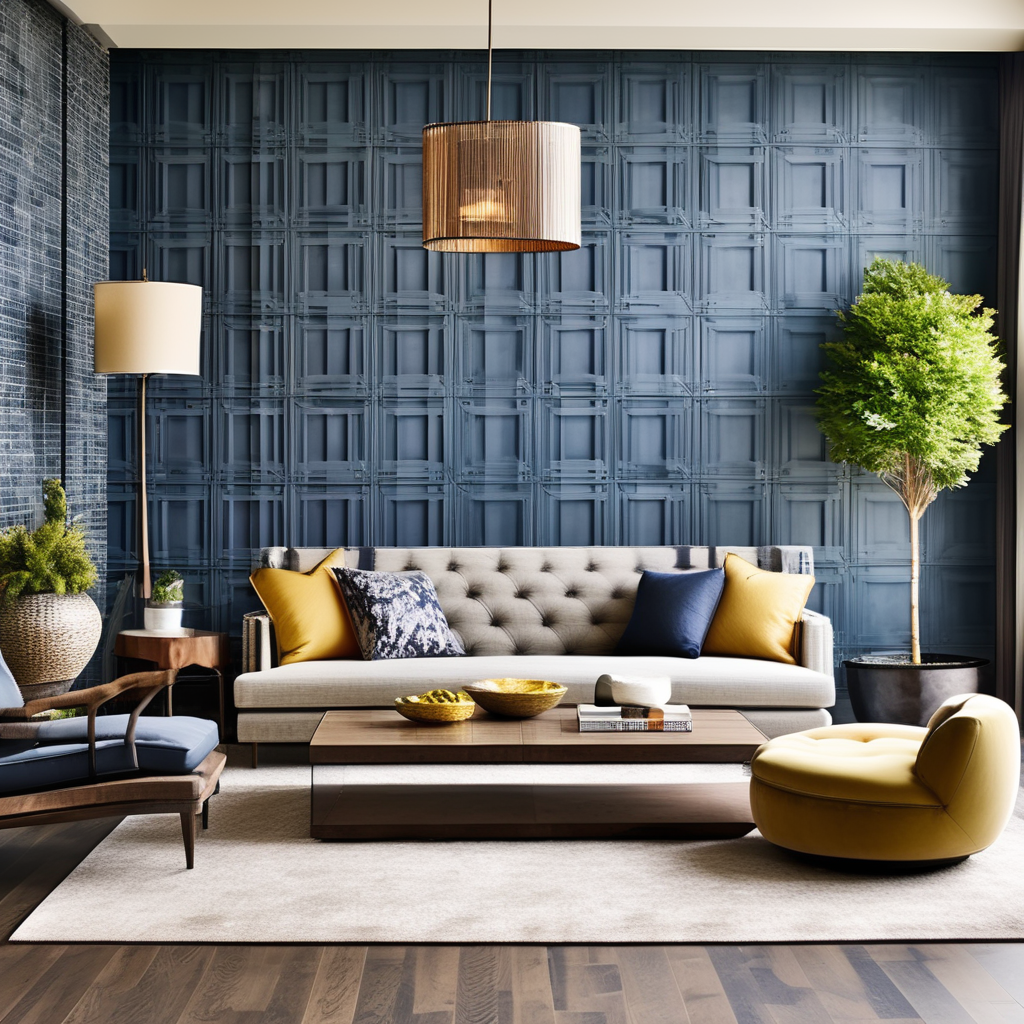
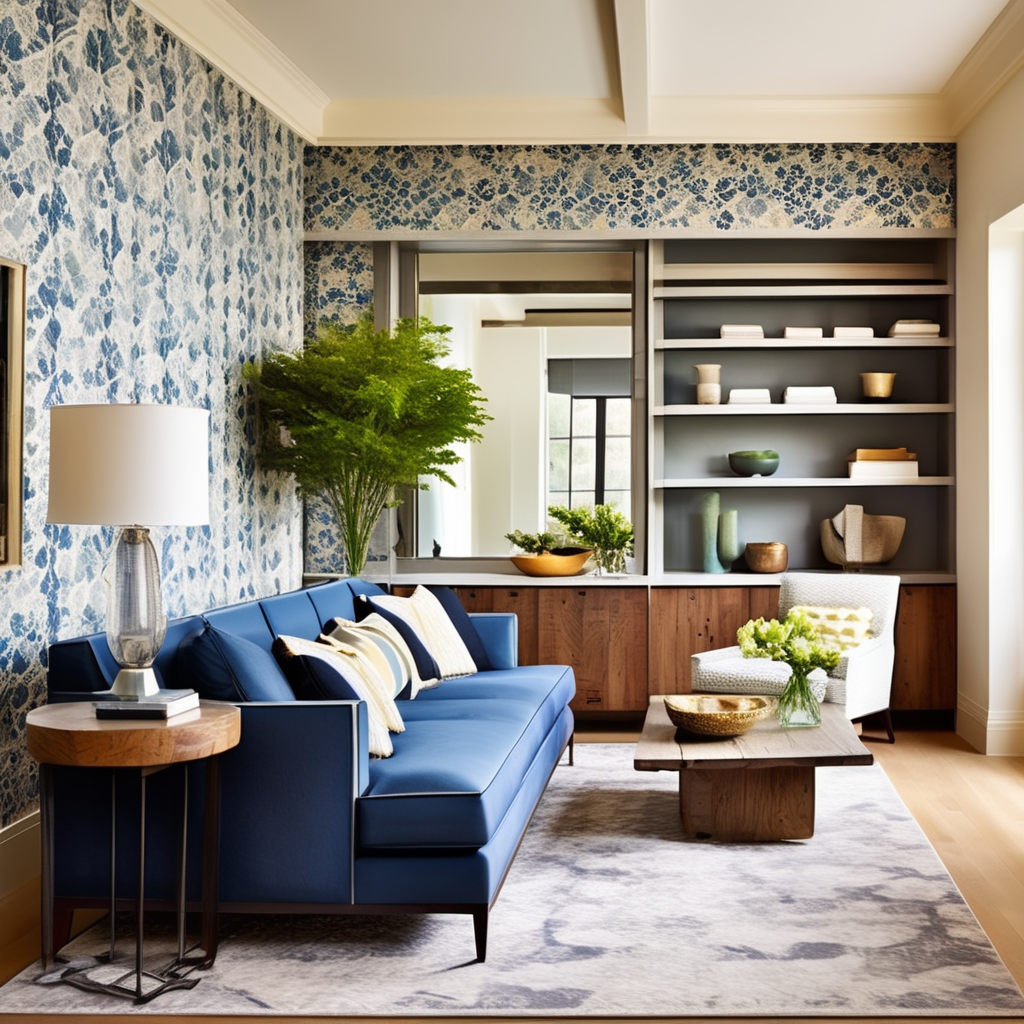
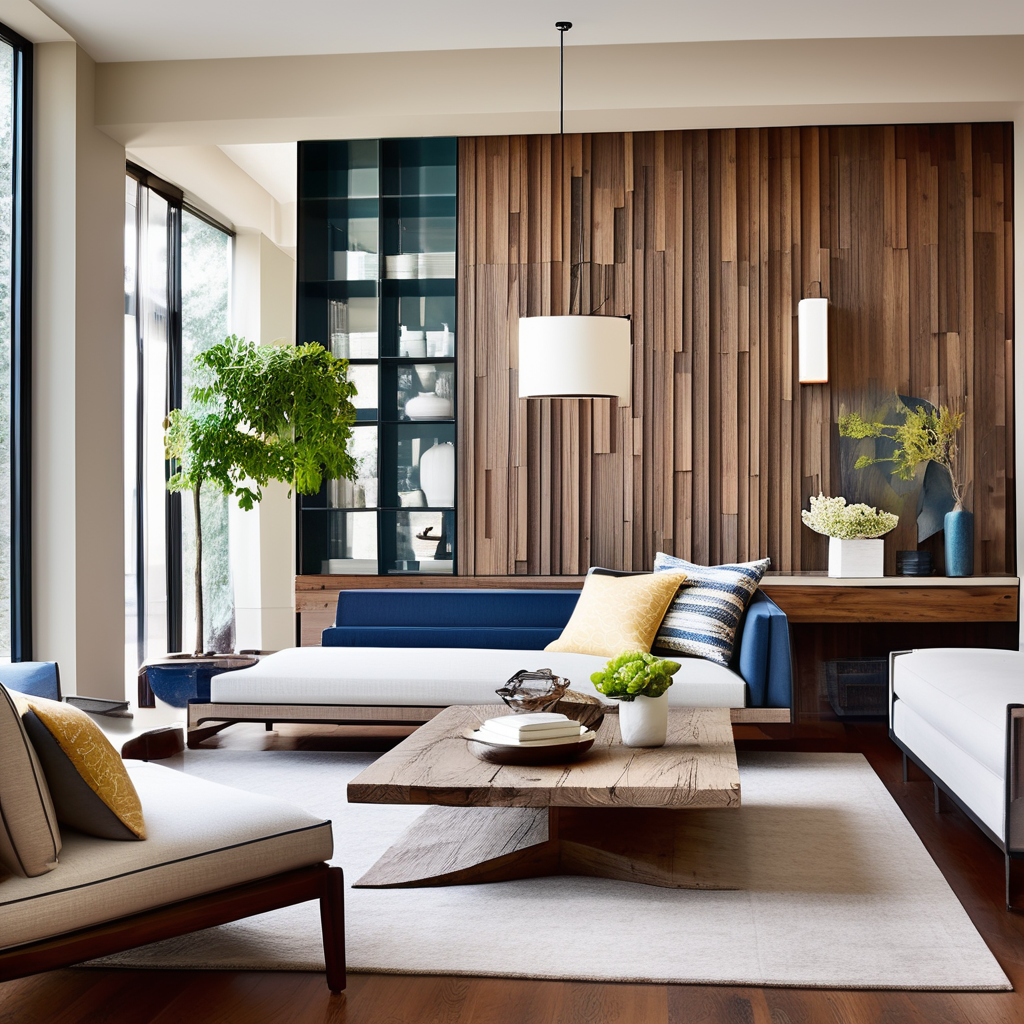
Greenery and Natural Elements
Greenery and natural elements are essential aspects of interior design that can bring fresh air into any space. By incorporating plants, flowers, and other organic materials into your home or office, you can create an environment that is visually appealing and promotes a sense of calmness and tranquility.
Plants have the unique ability to purify the air by absorbing toxins and releasing oxygen. This makes them ideal for improving indoor air quality, especially in spaces with limited ventilation. Additionally, greenery adds texture and depth to a room, creating visual interest and making it feel more alive.

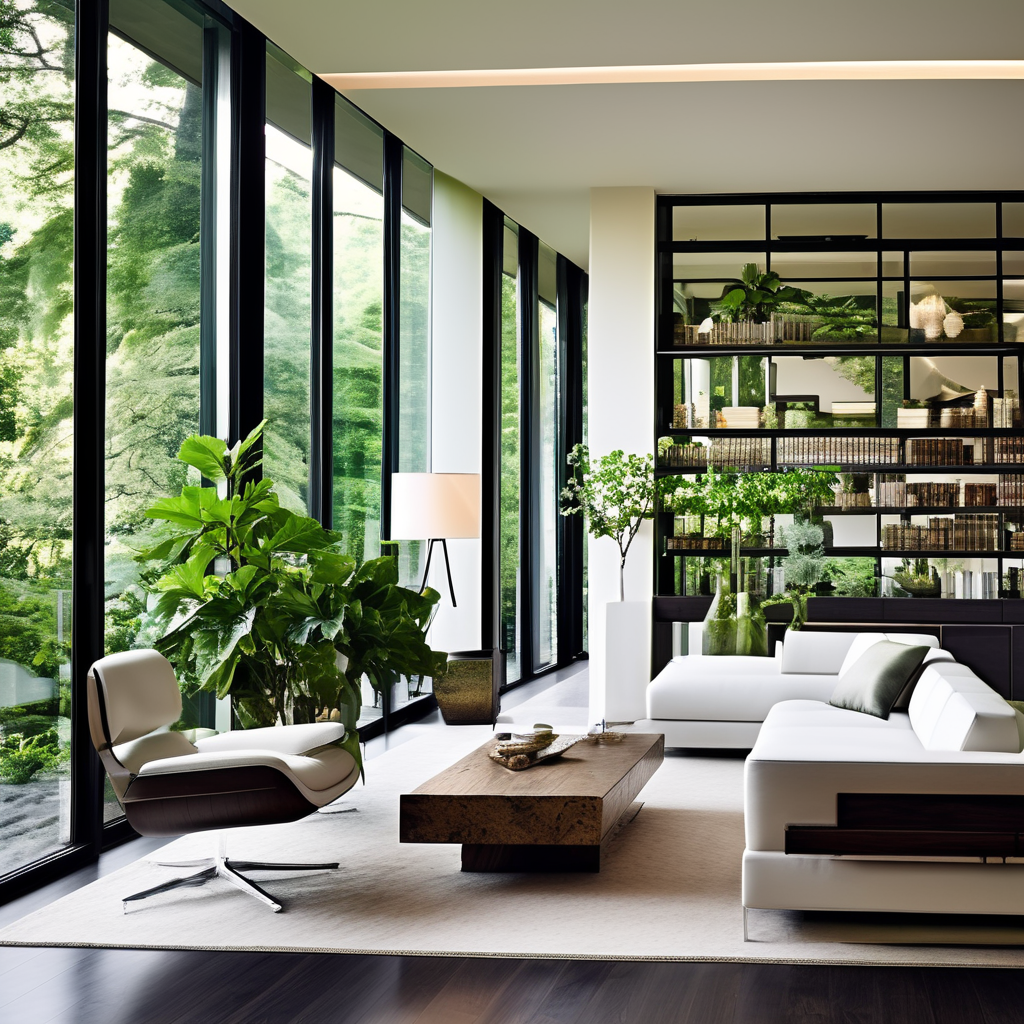
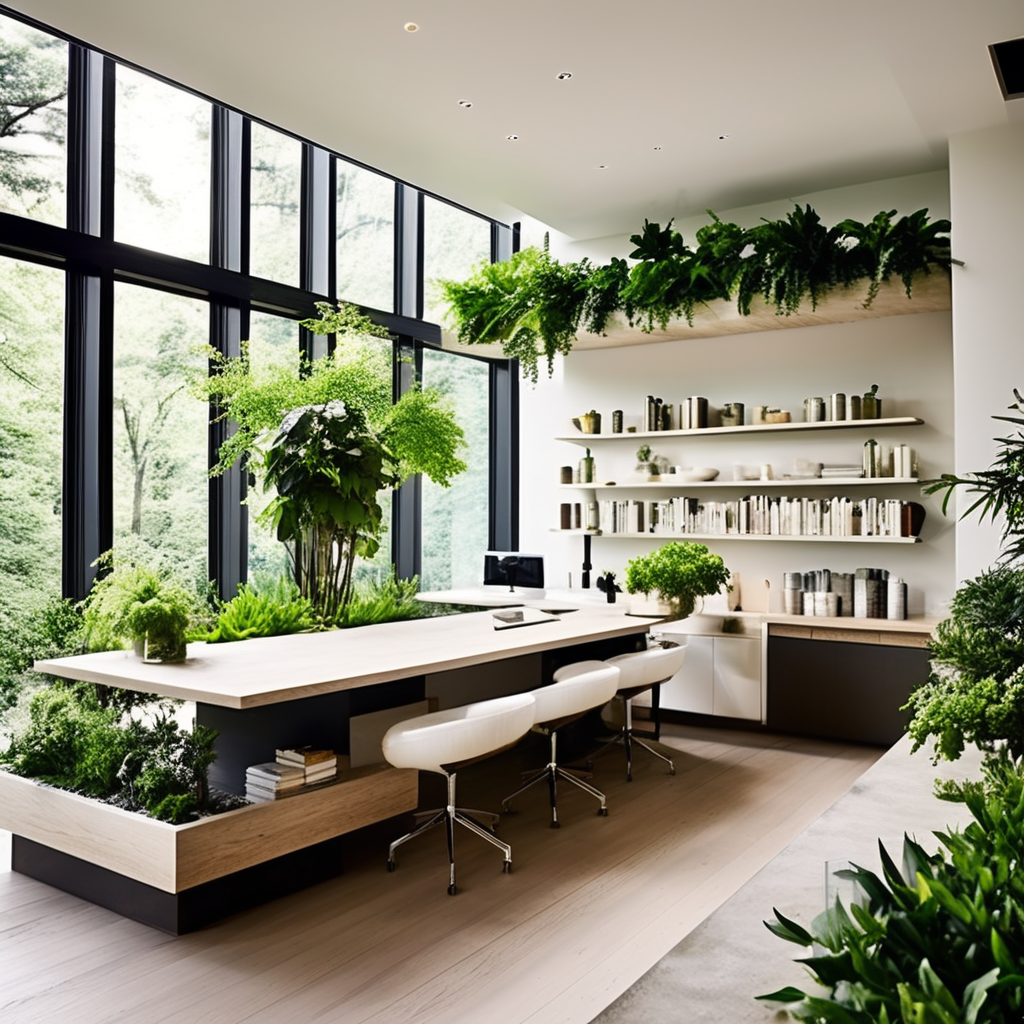
Consider their aesthetic appeal and practicality when choosing plants for your interior design scheme. Opt for low-maintenance varieties if you need a green thumb or limited time to care for them. Succulents like cacti or snake plants are great options as they require minimal watering and attention.
Incorporating natural elements beyond just plant life can further enhance the overall ambiance of a space. Wood furniture or accents add warmth and earthiness, while stone surfaces provide durability and elegance. You can also introduce natural fibers such as jute rugs or linen curtains to create a cozy yet eco-friendly atmosphere.
By embracing greenery and natural elements in your interior design, you infuse beauty into your surroundings and connect with nature on a deeper level. So go ahead – bring the outdoors inside!
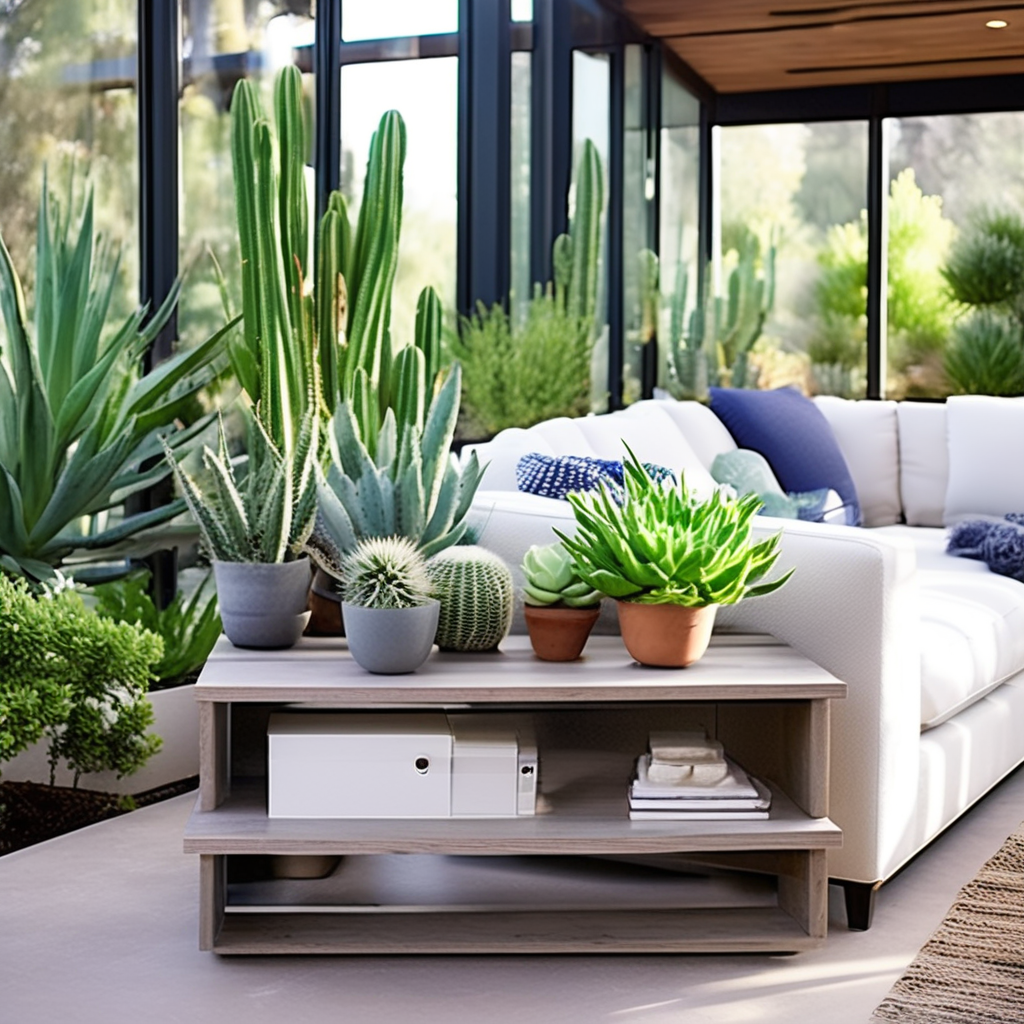
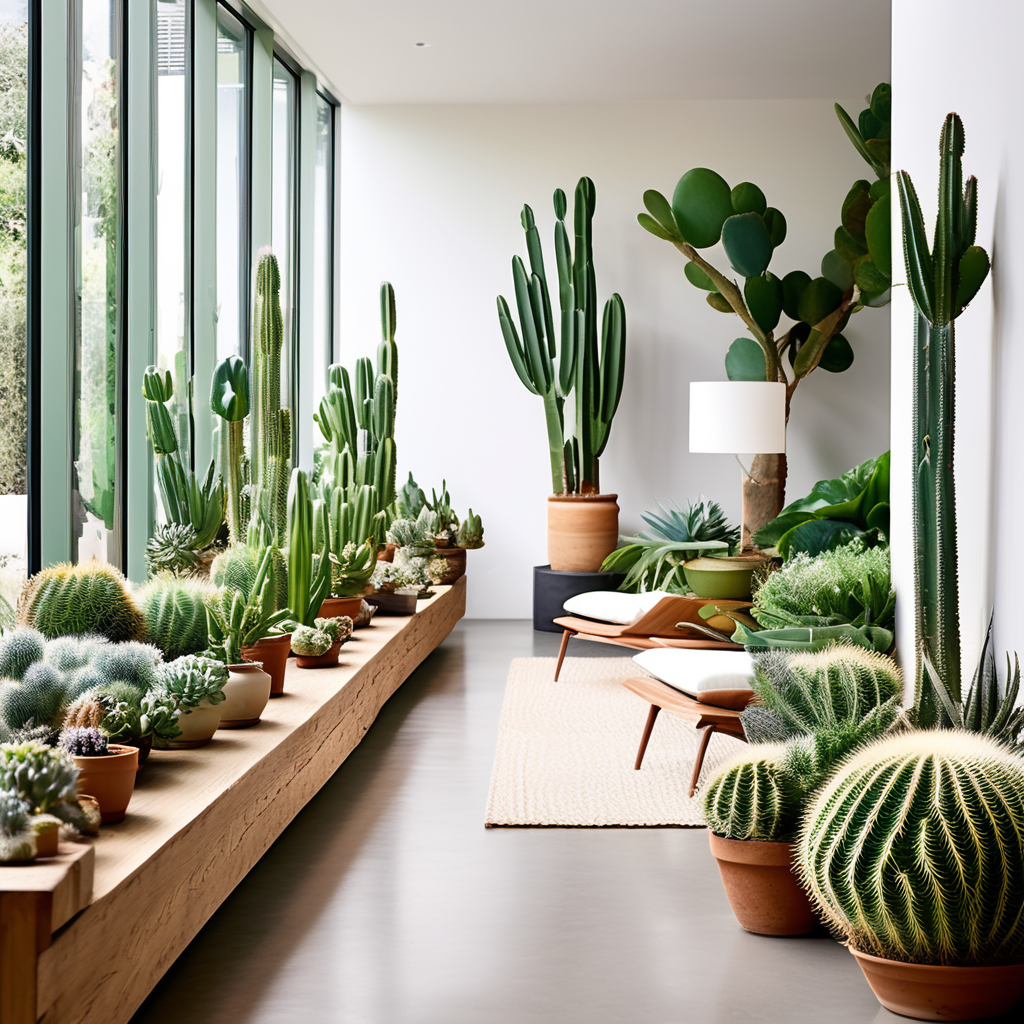

Balancing Innovation with Aesthetic Appeal
In our exploration of essential interior design elements, we have delved into harnessing hues for harmony, elevating comfort and style, illuminating the essence of design, choosing pieces for form and function, maximizing efficiency and flow, infusing personality into spaces, flooring and wall treatments, as well as incorporating greenery and natural elements. Now let’s dive into the final blog section – balancing innovation with aesthetic appeal.
Finding the perfect balance between innovation and aesthetic appeal is crucial when creating a truly remarkable interior space. Innovation pushes boundaries and introduces new ideas that can transform an ordinary space into something extraordinary. On the other hand, aesthetic appeal ensures the design remains visually pleasing and harmonious.
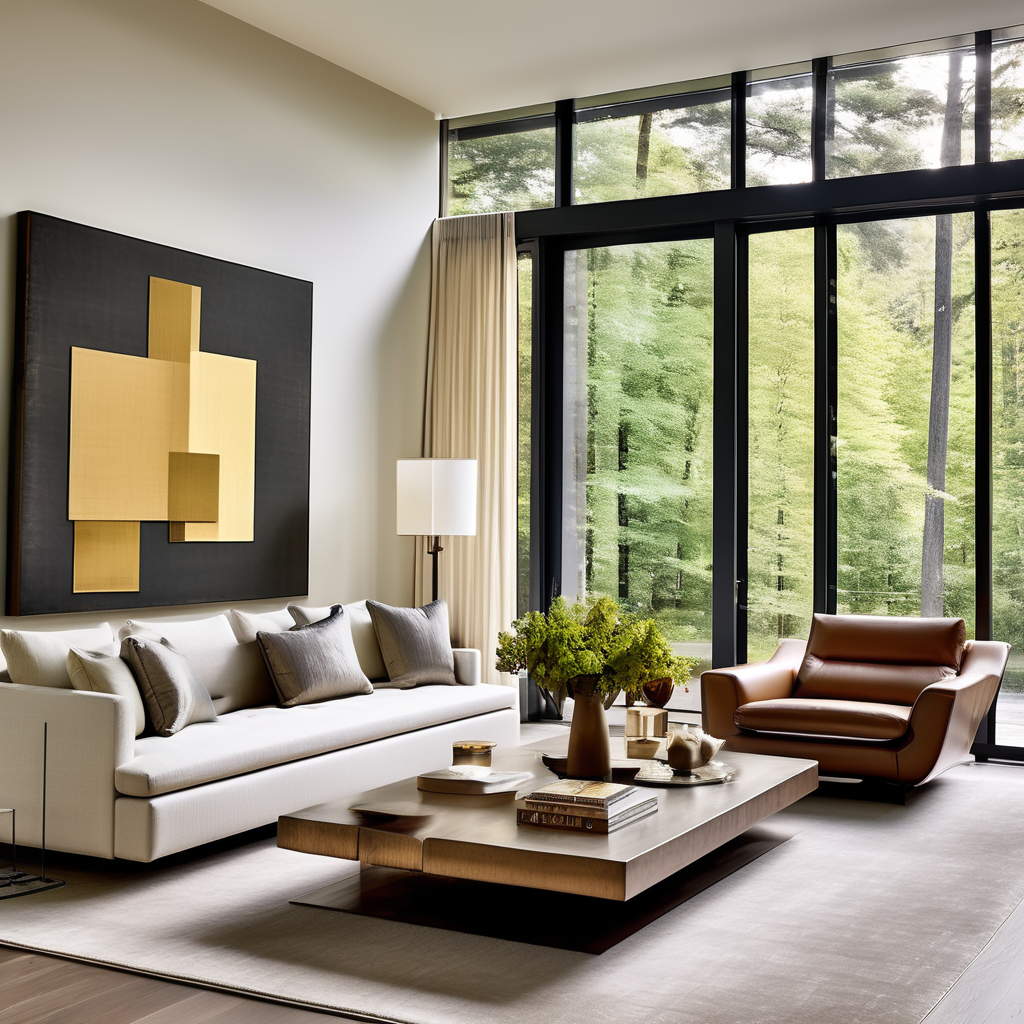
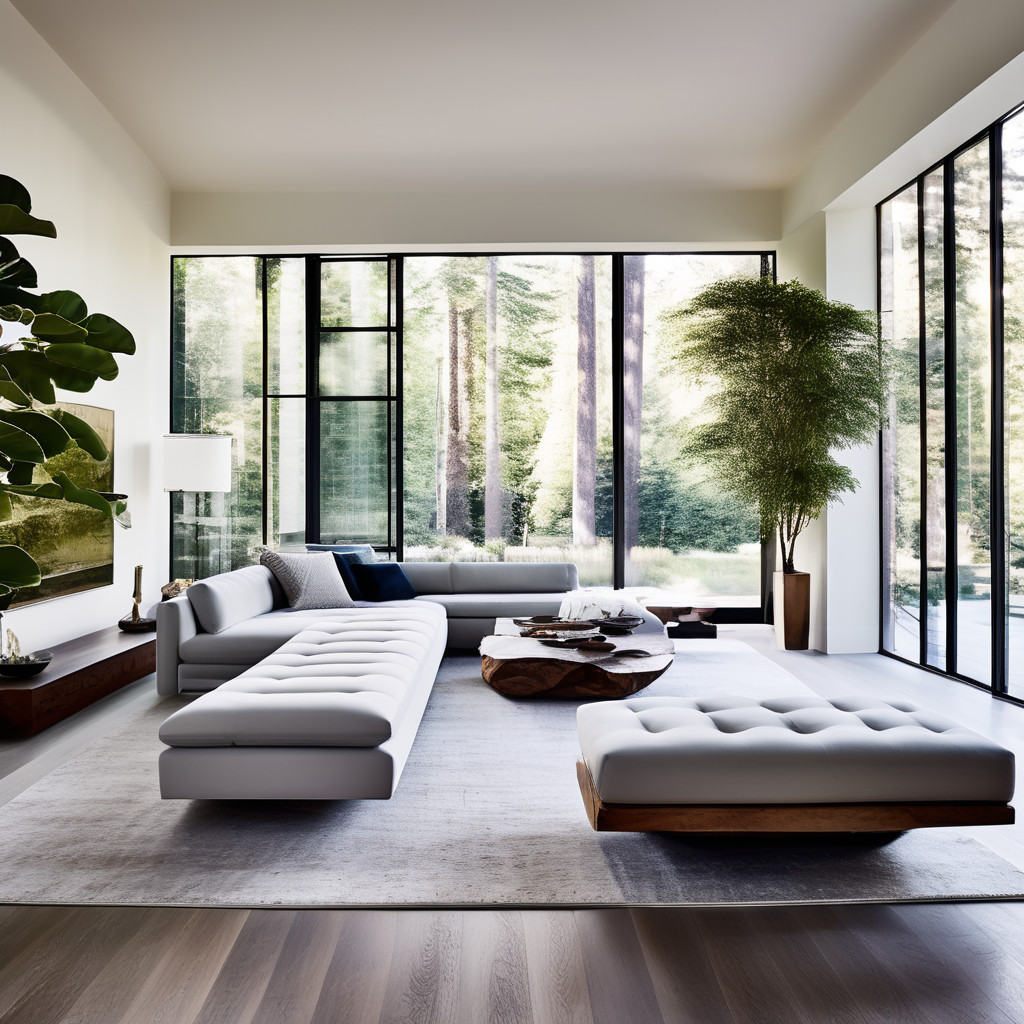
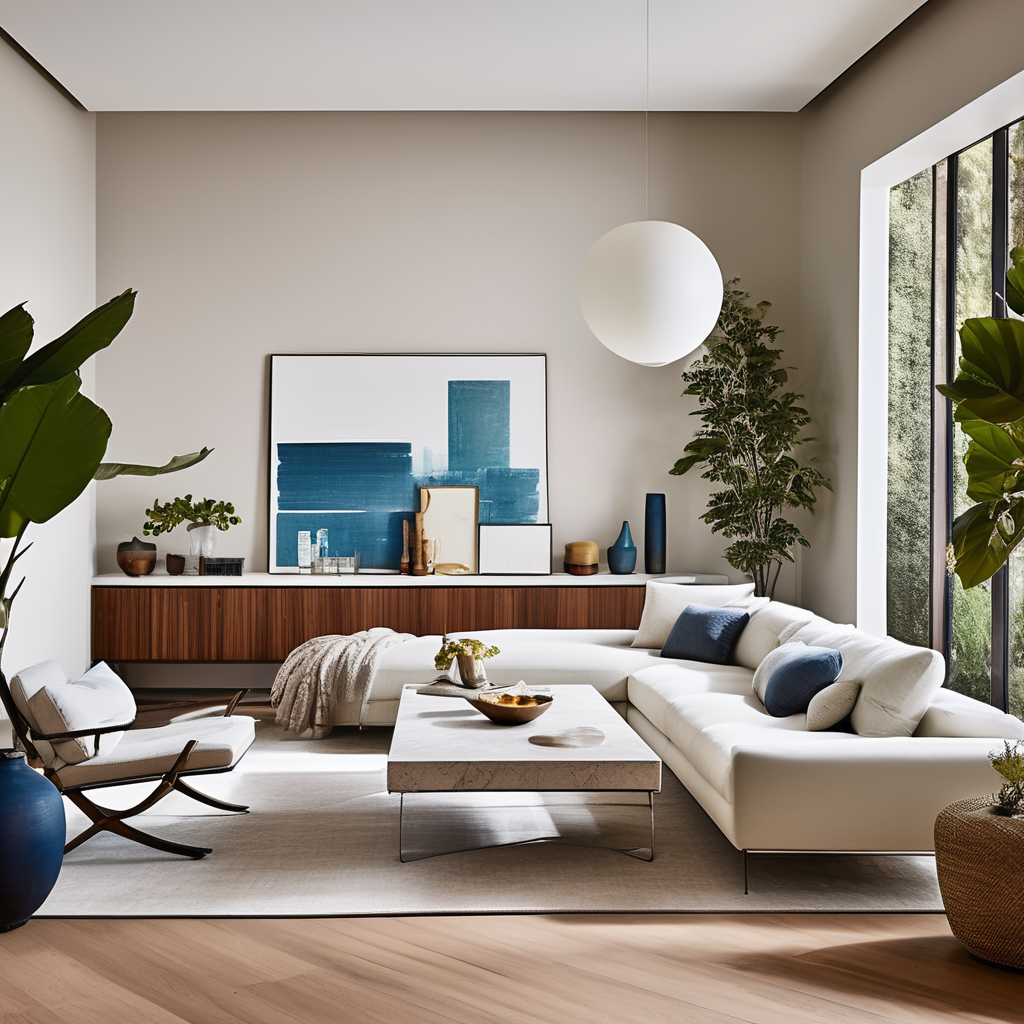
One way to achieve this balance is by selecting furniture pieces or decor items that are both functional in their purpose and possess unique design features. This could be a sleek modern sofa with built-in storage compartments or an eye-catching pendant light fixture that doubles as a work of art. By combining functionality with innovative designs, you can create an environment that looks stunning and serves its intended purpose efficiently.
Another aspect to consider when balancing innovation with aesthetic appeal is experimenting with different textures and materials. Mixing glass, metal, wood, or even concrete can add visual interest to a space while showcasing your individuality as a designer. For example, pairing smooth marble countertops with rustic wooden cabinets can create a captivating contrast that instantly grabs attention.

